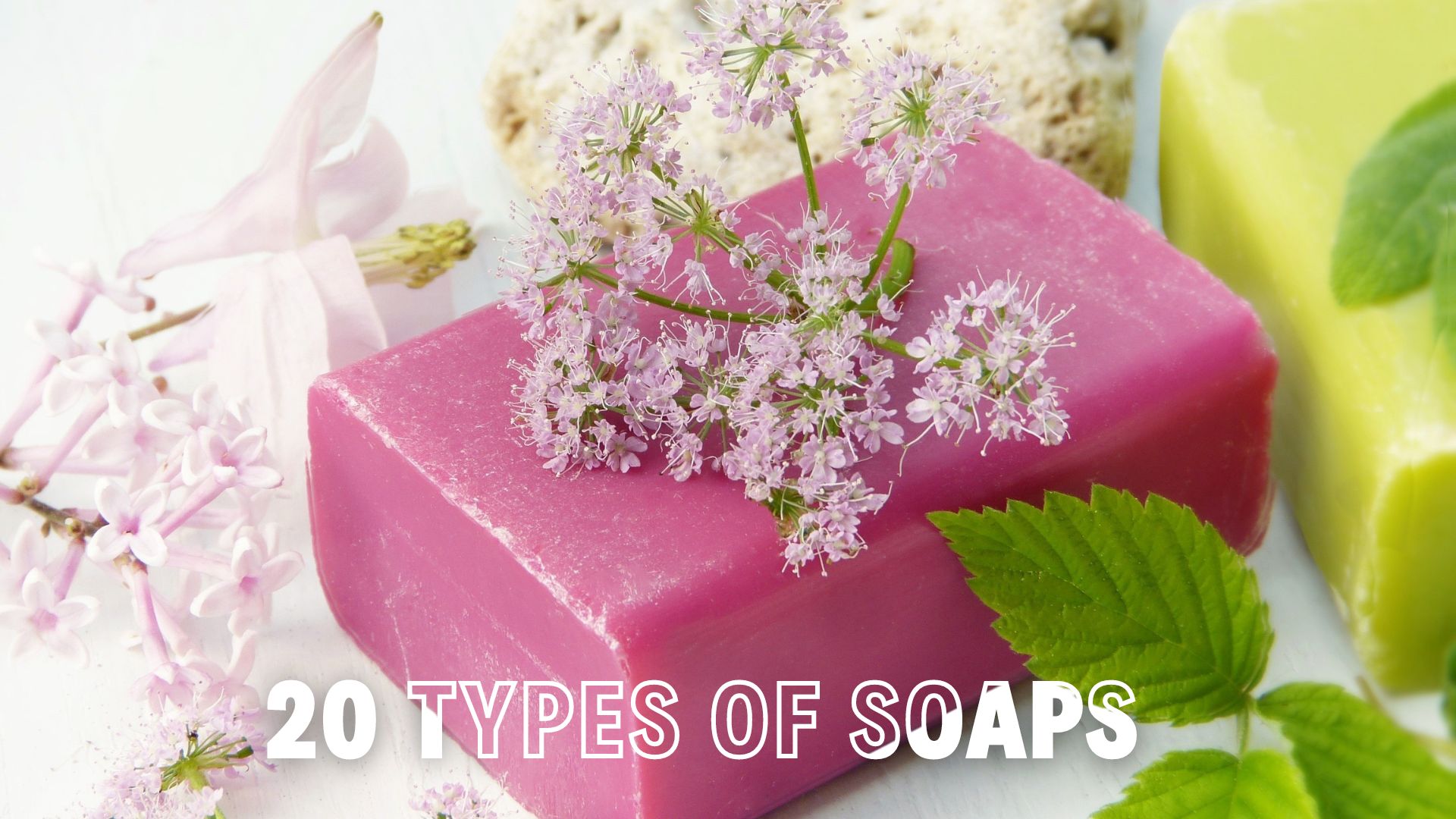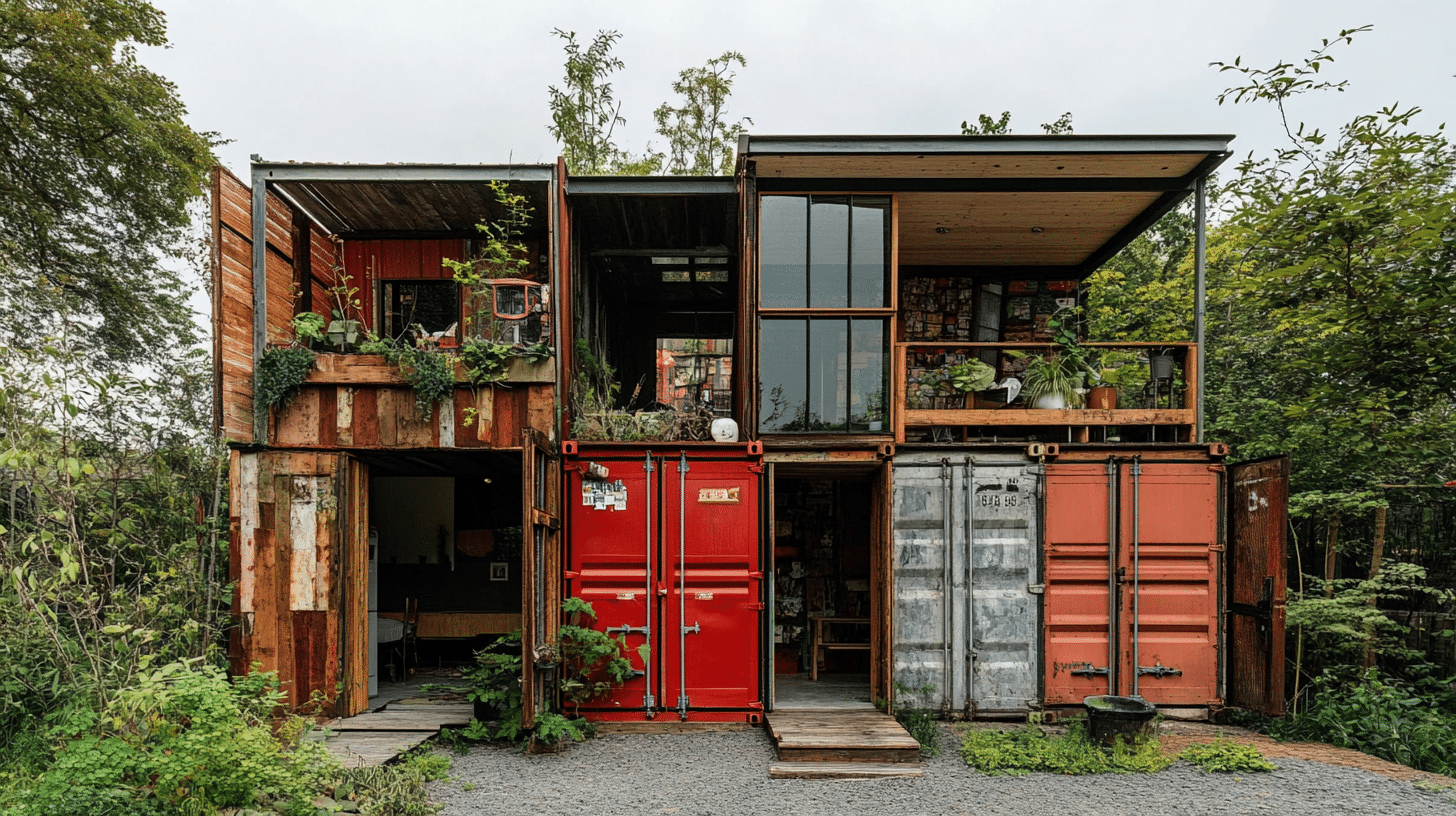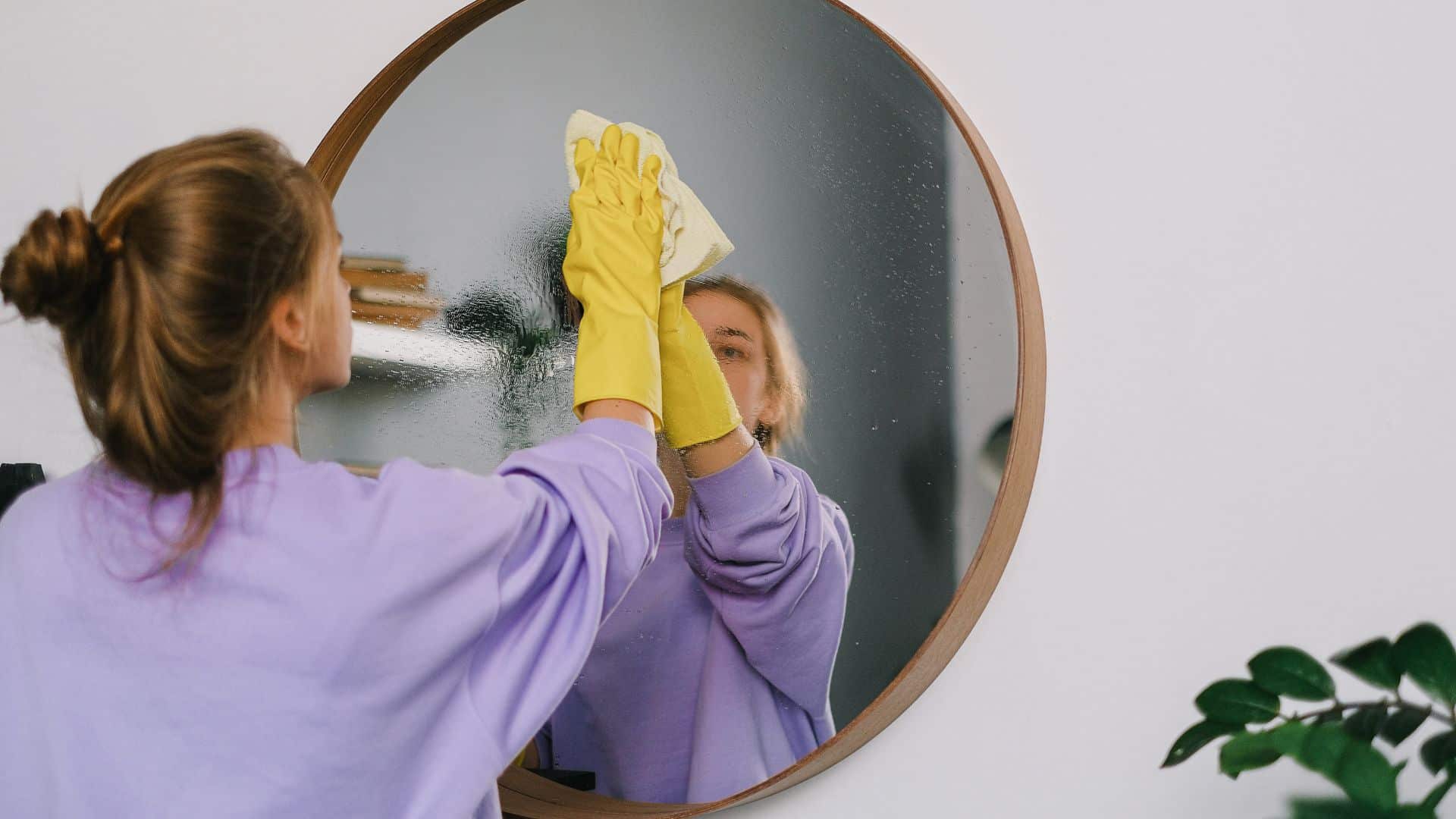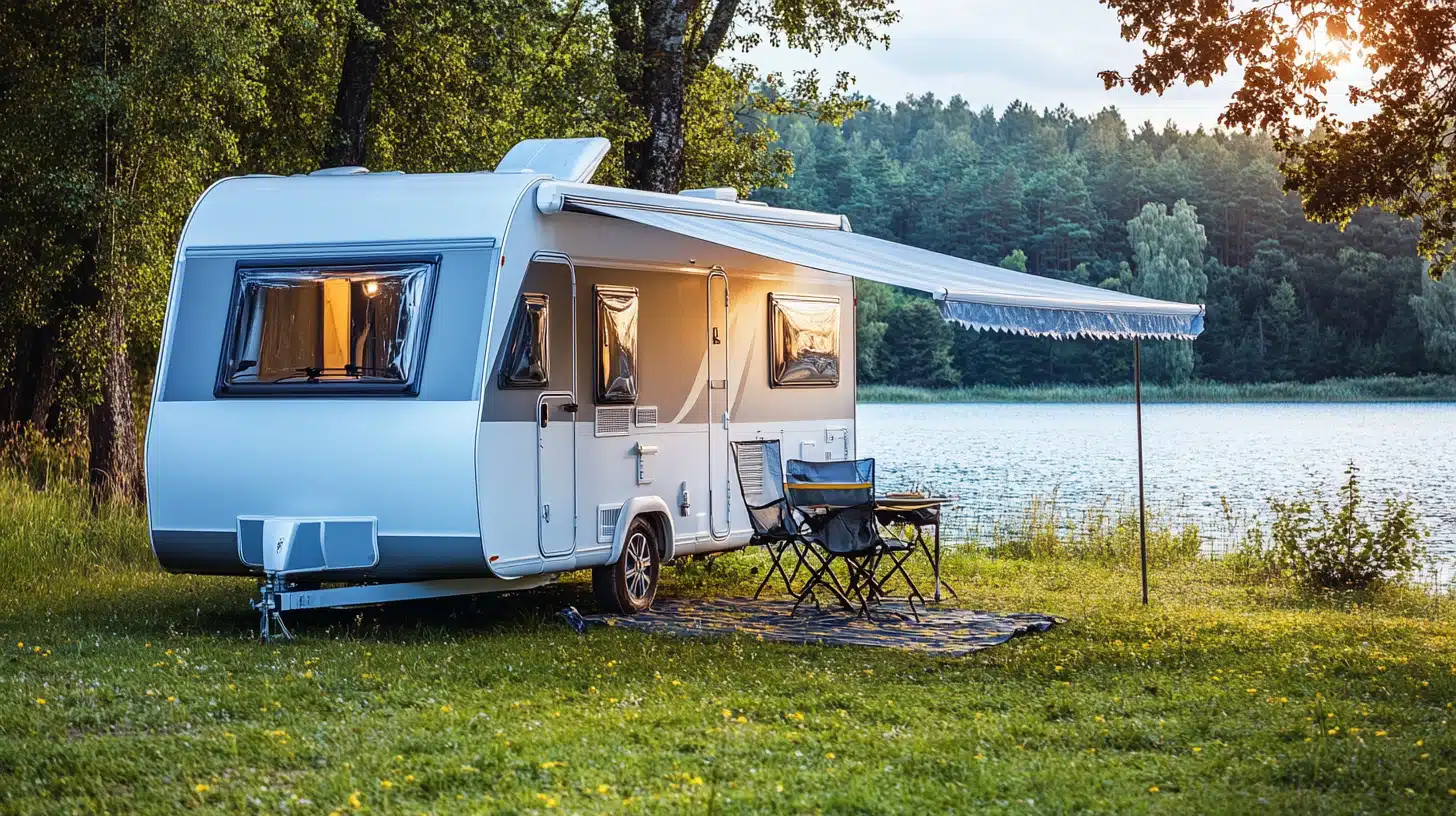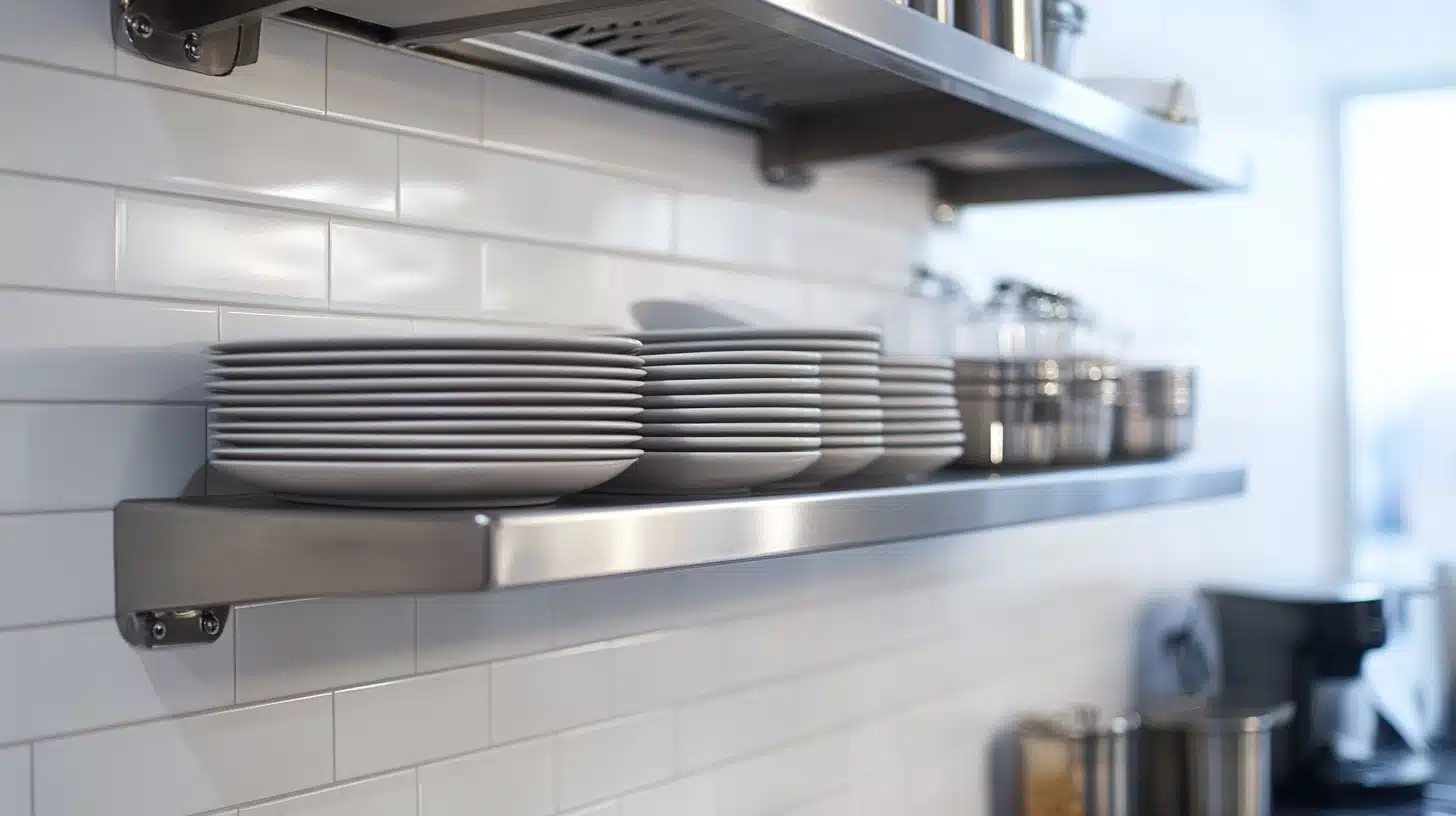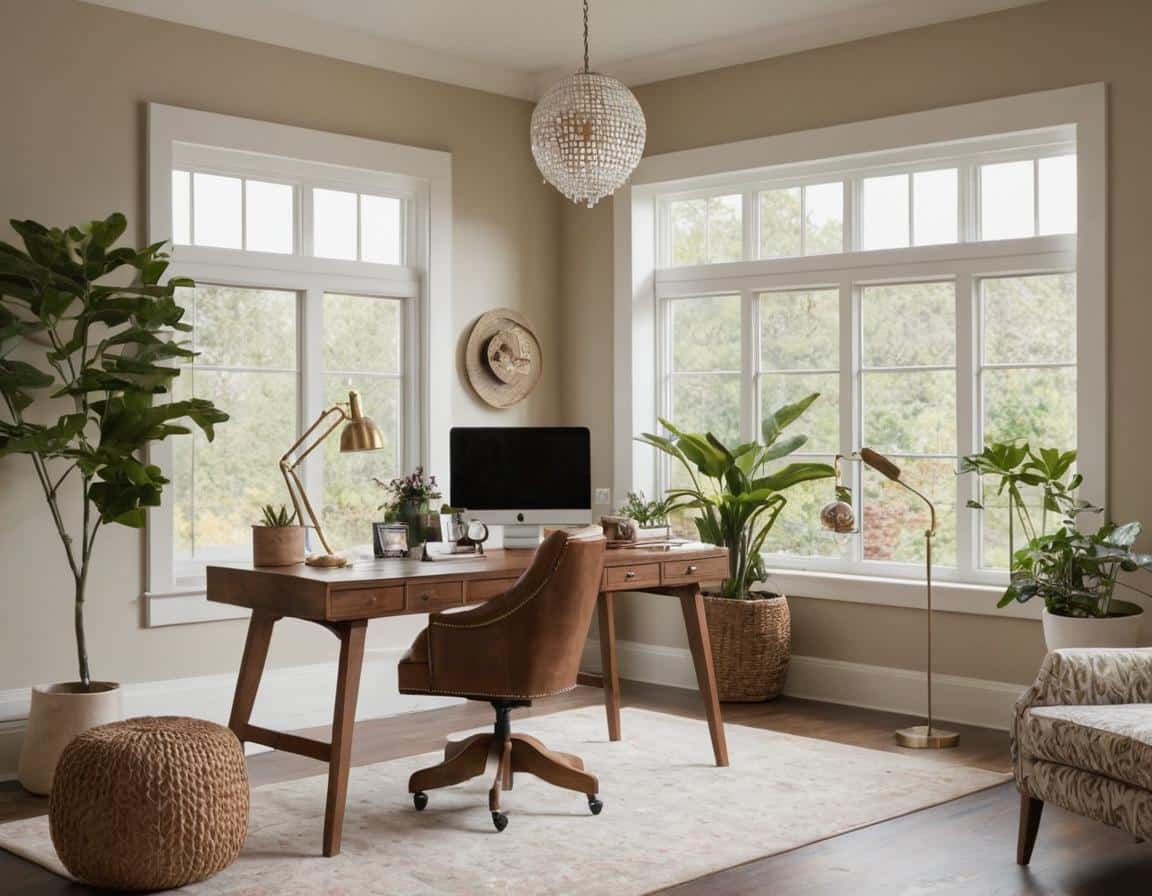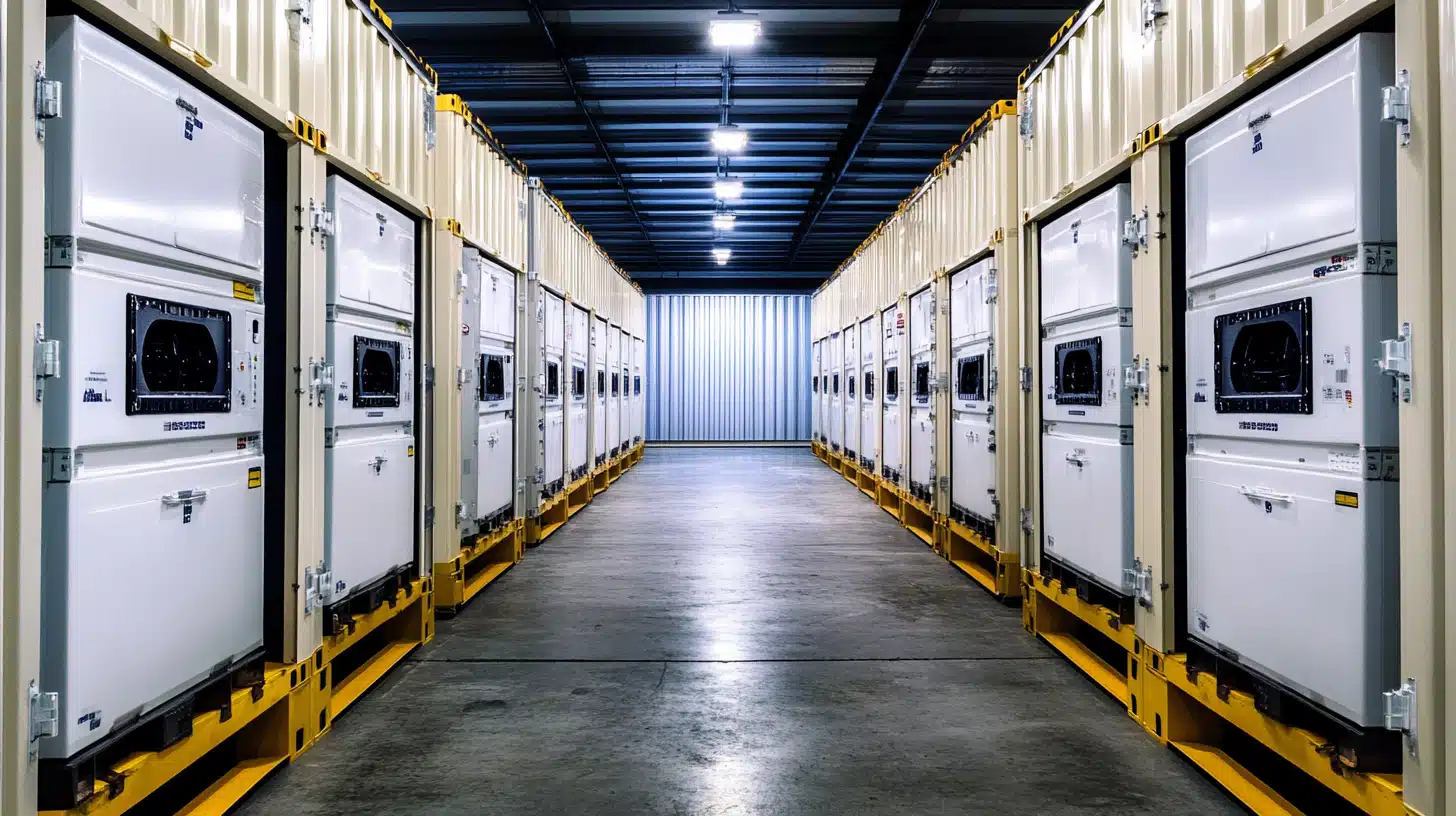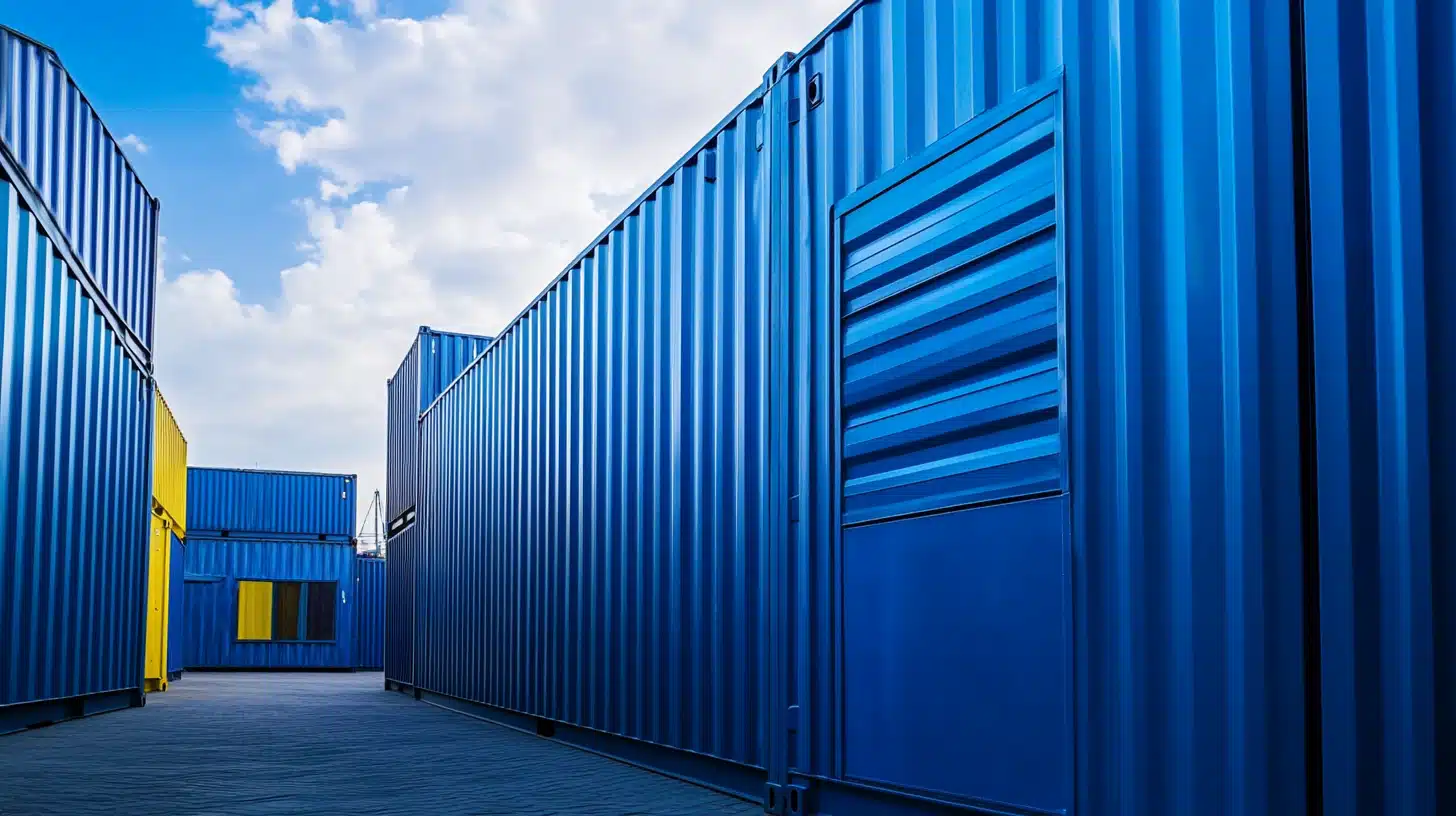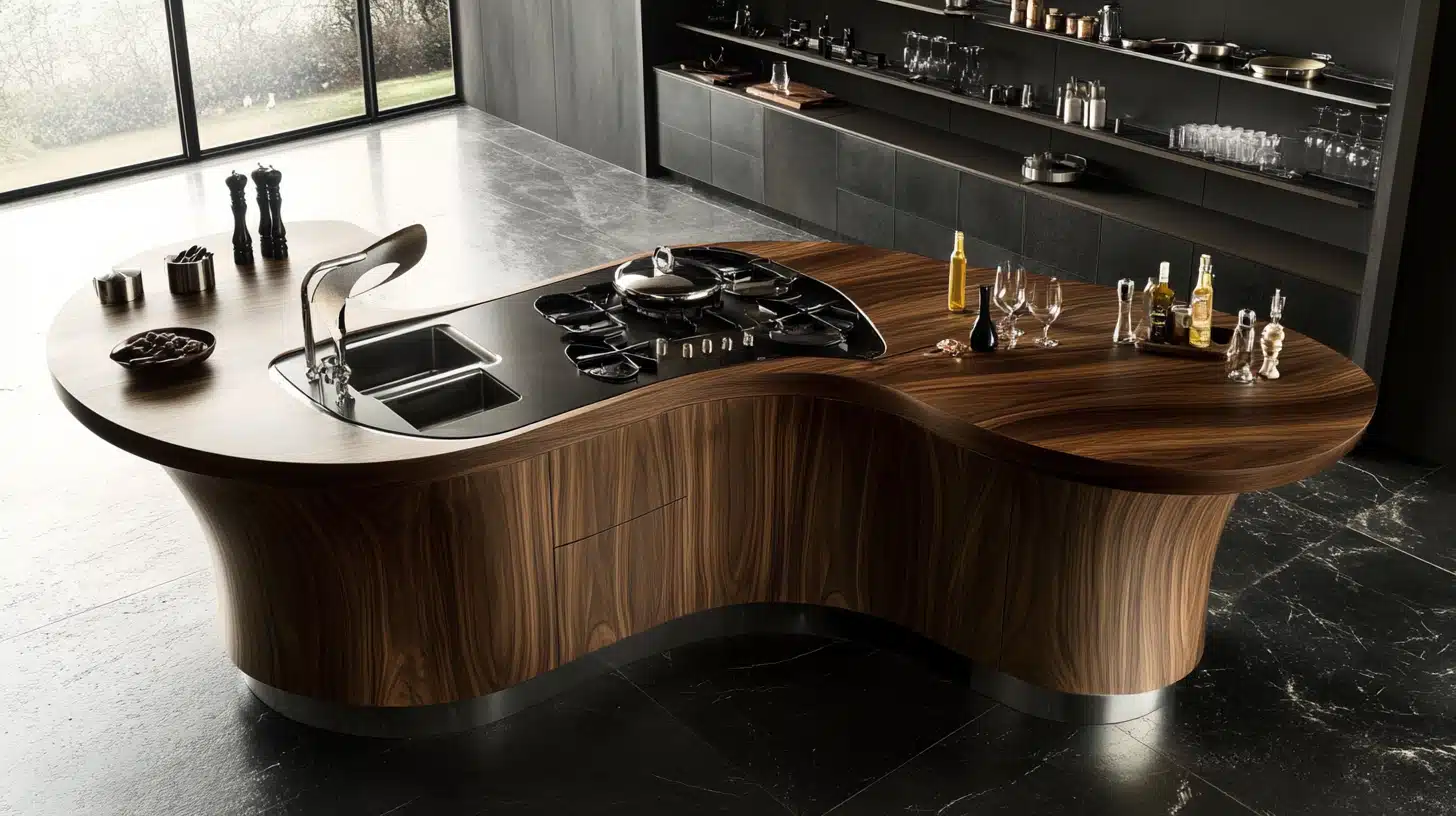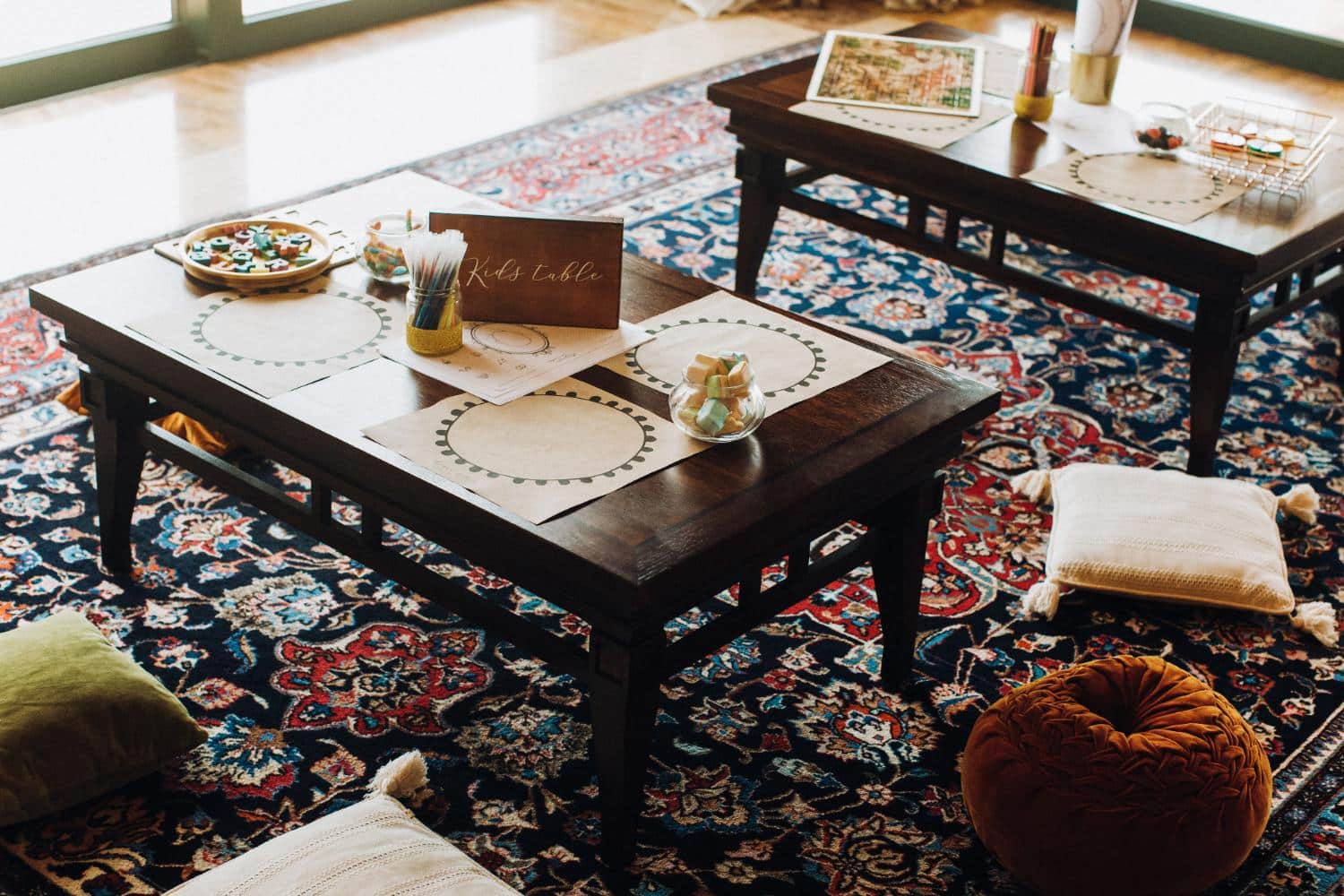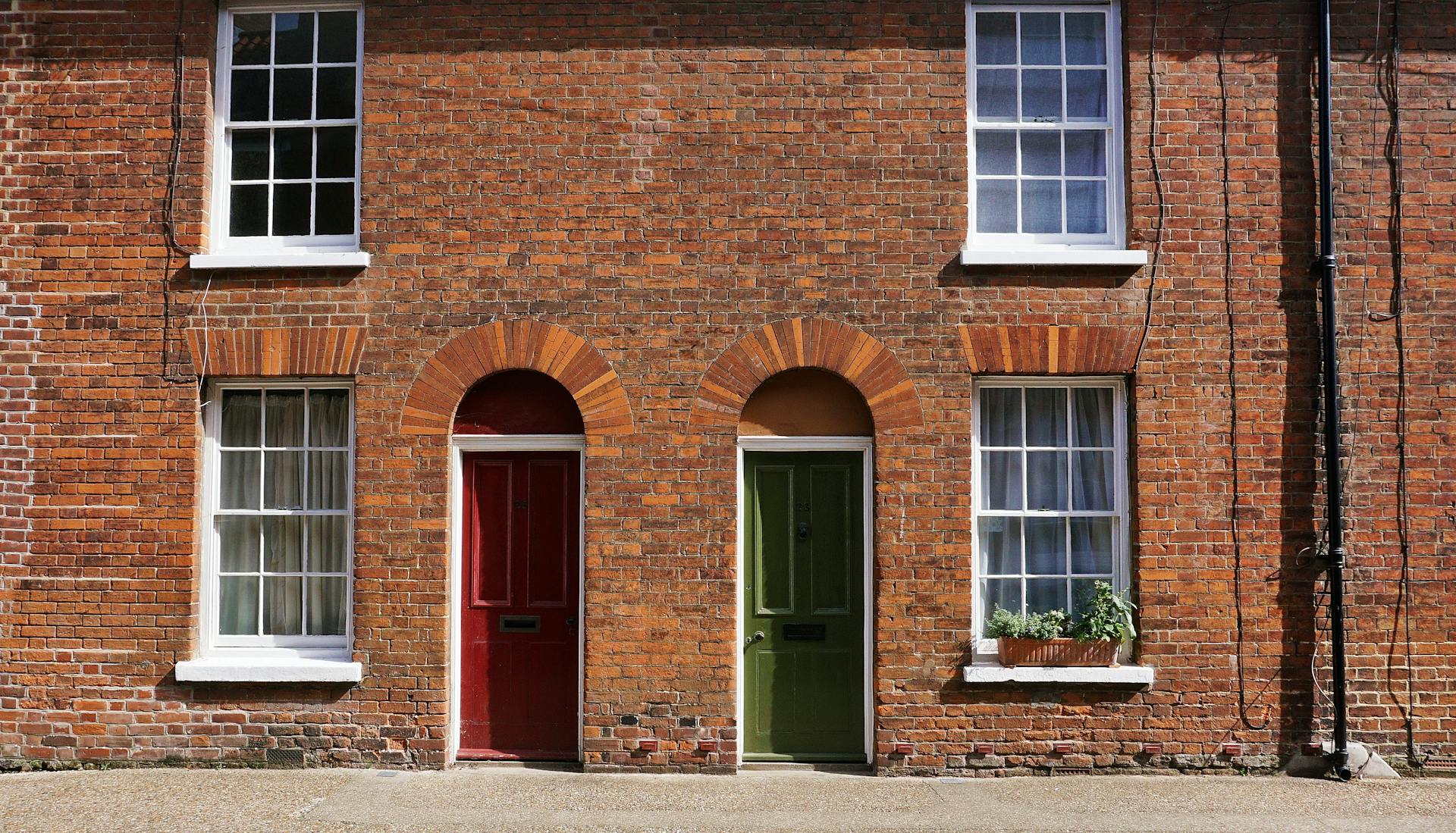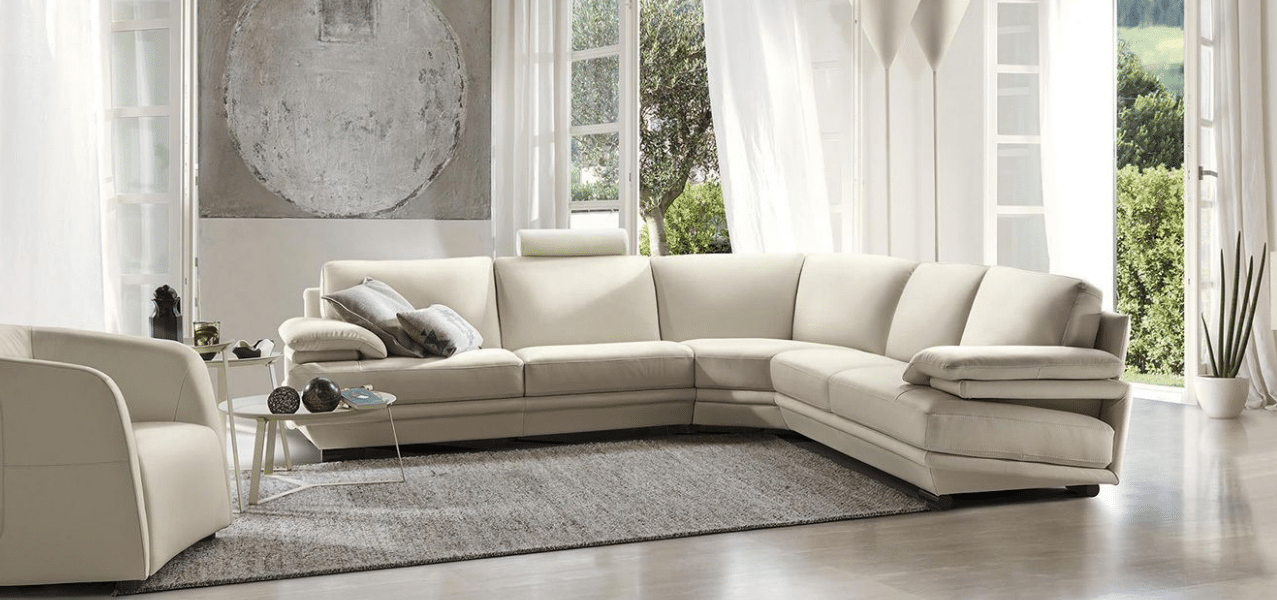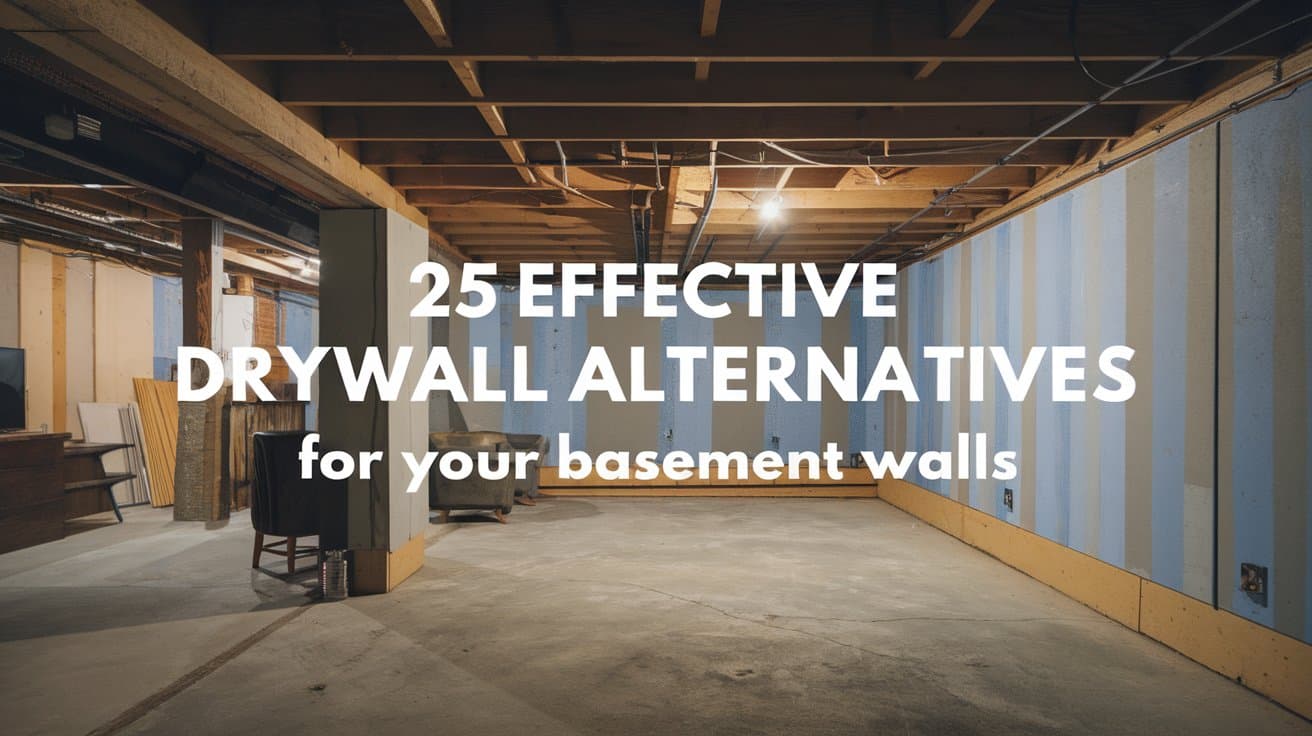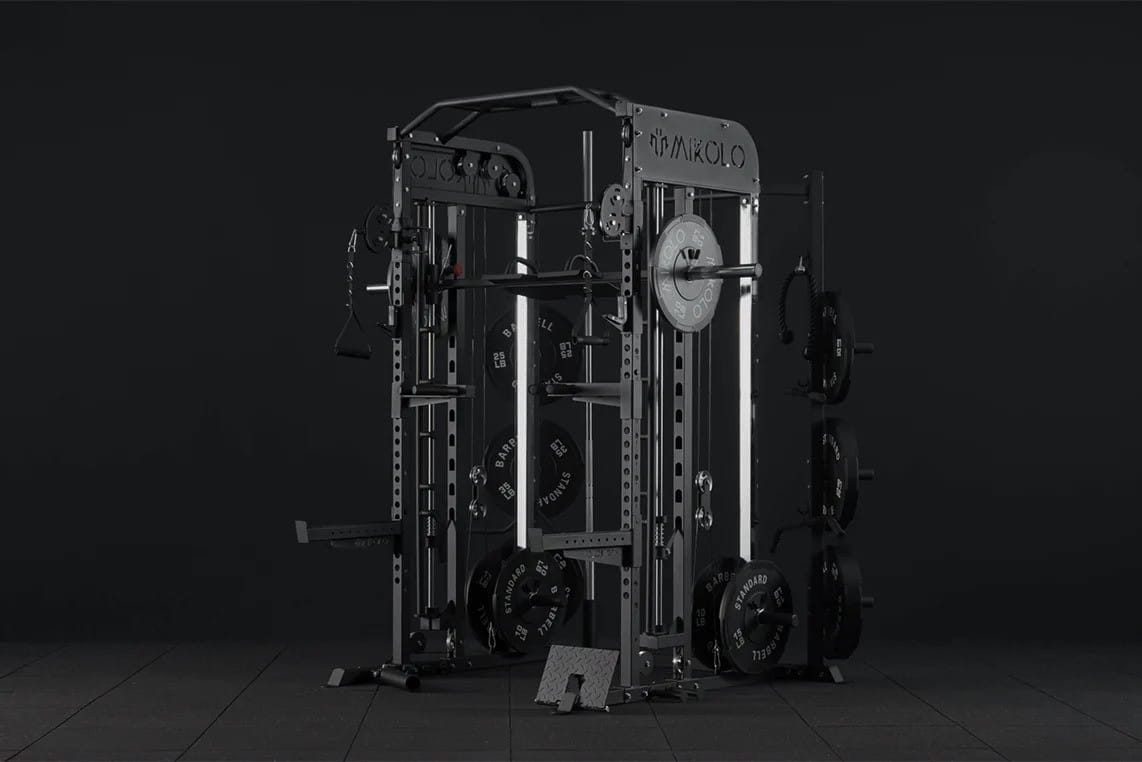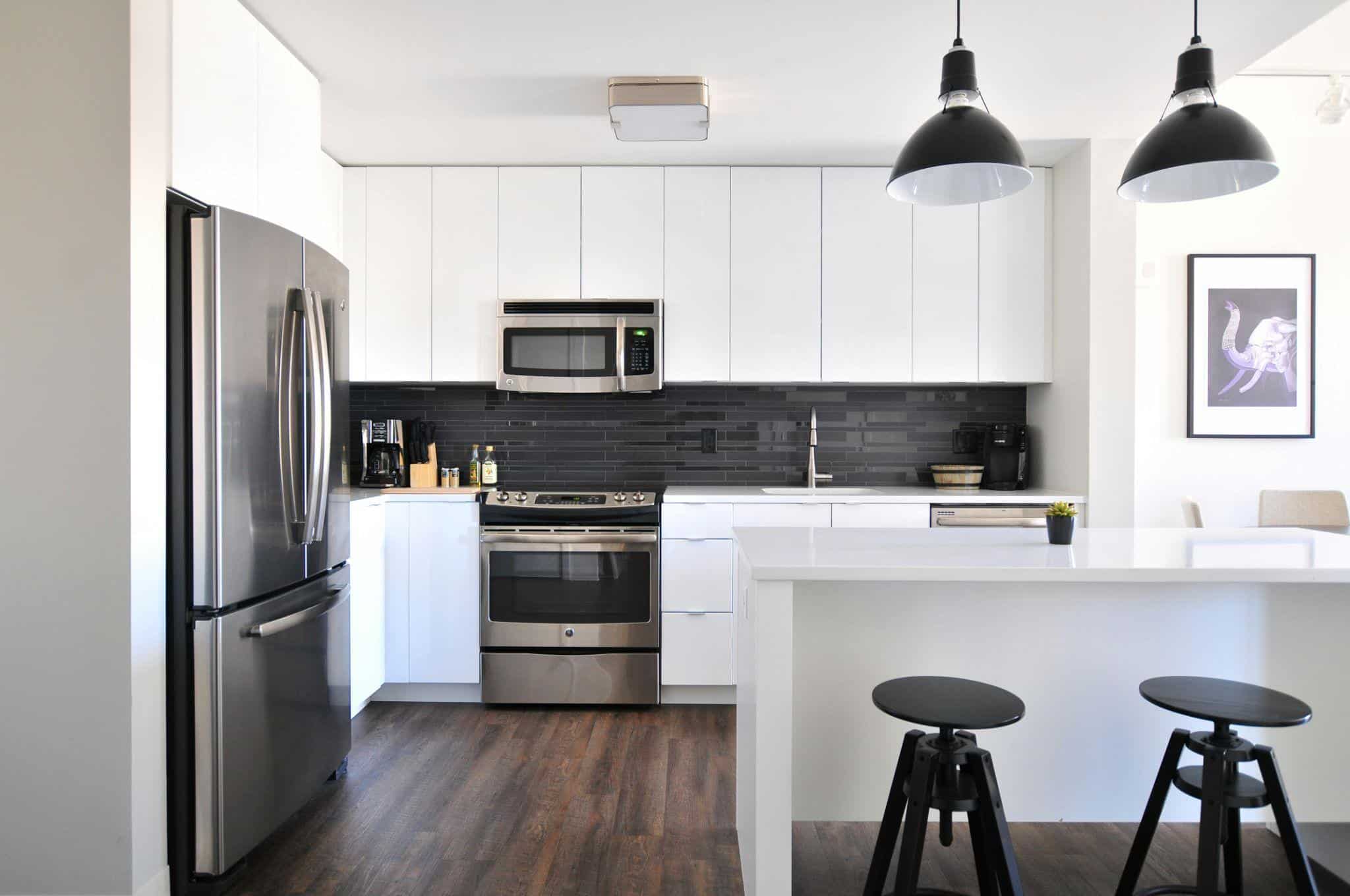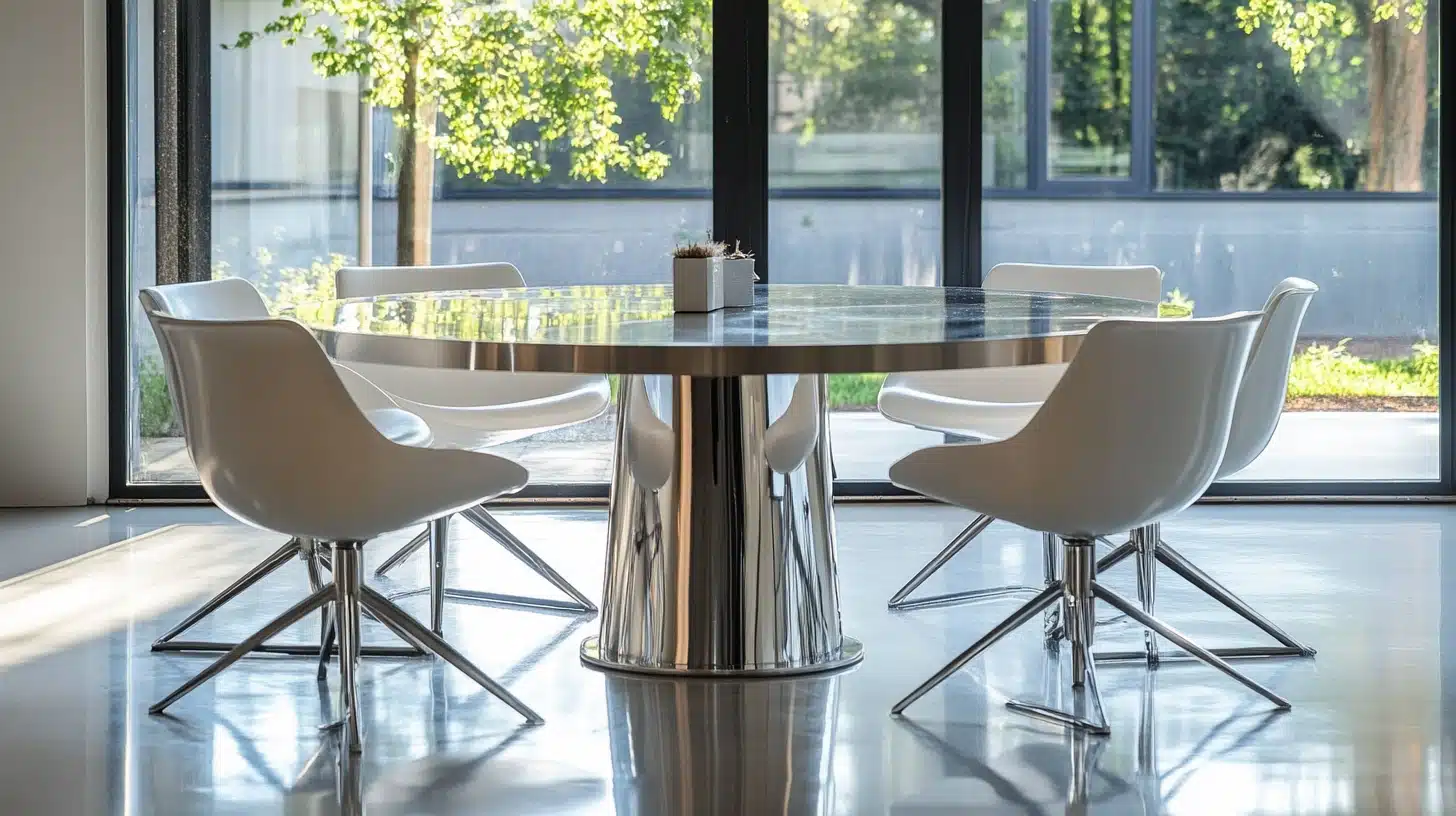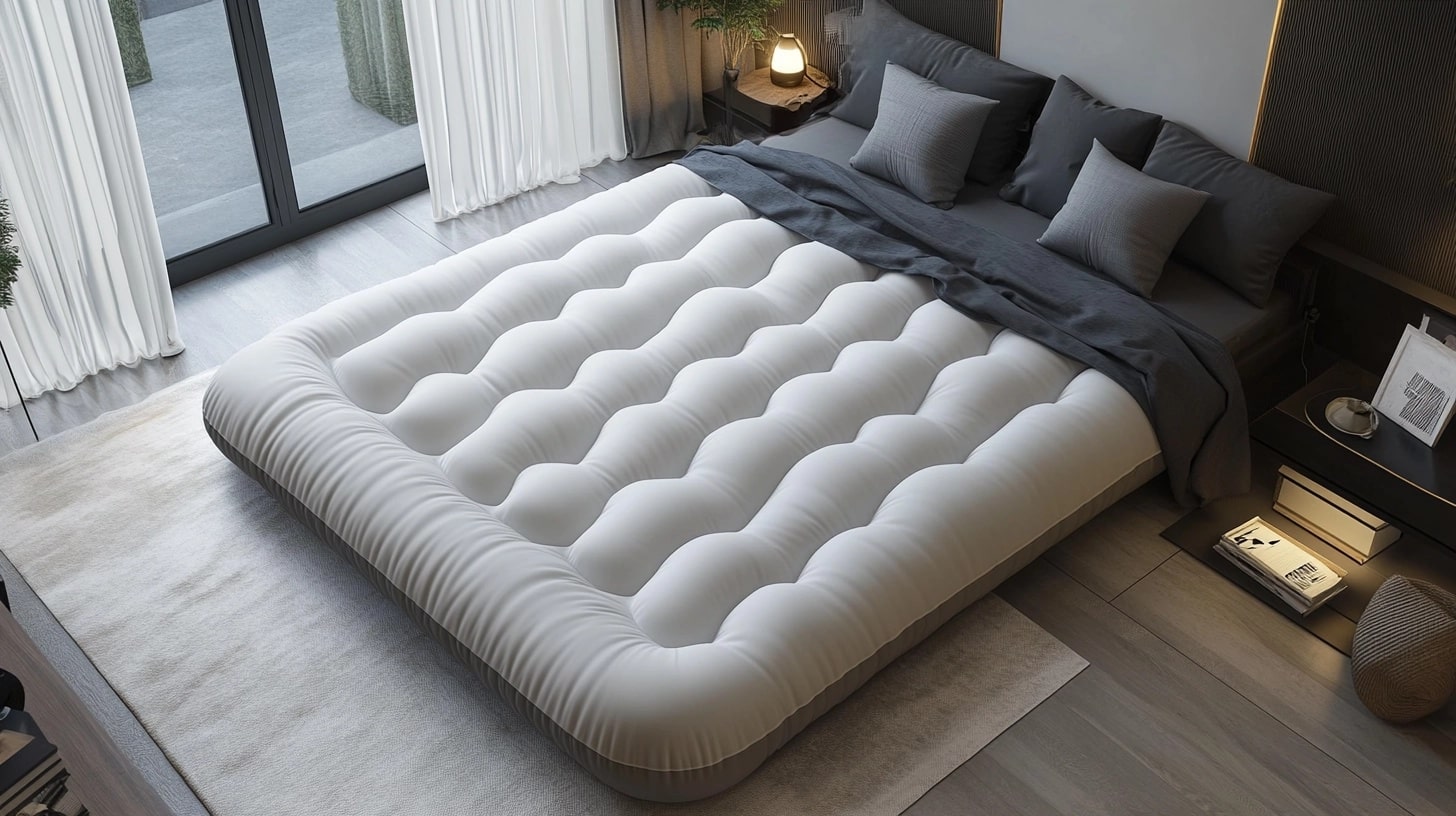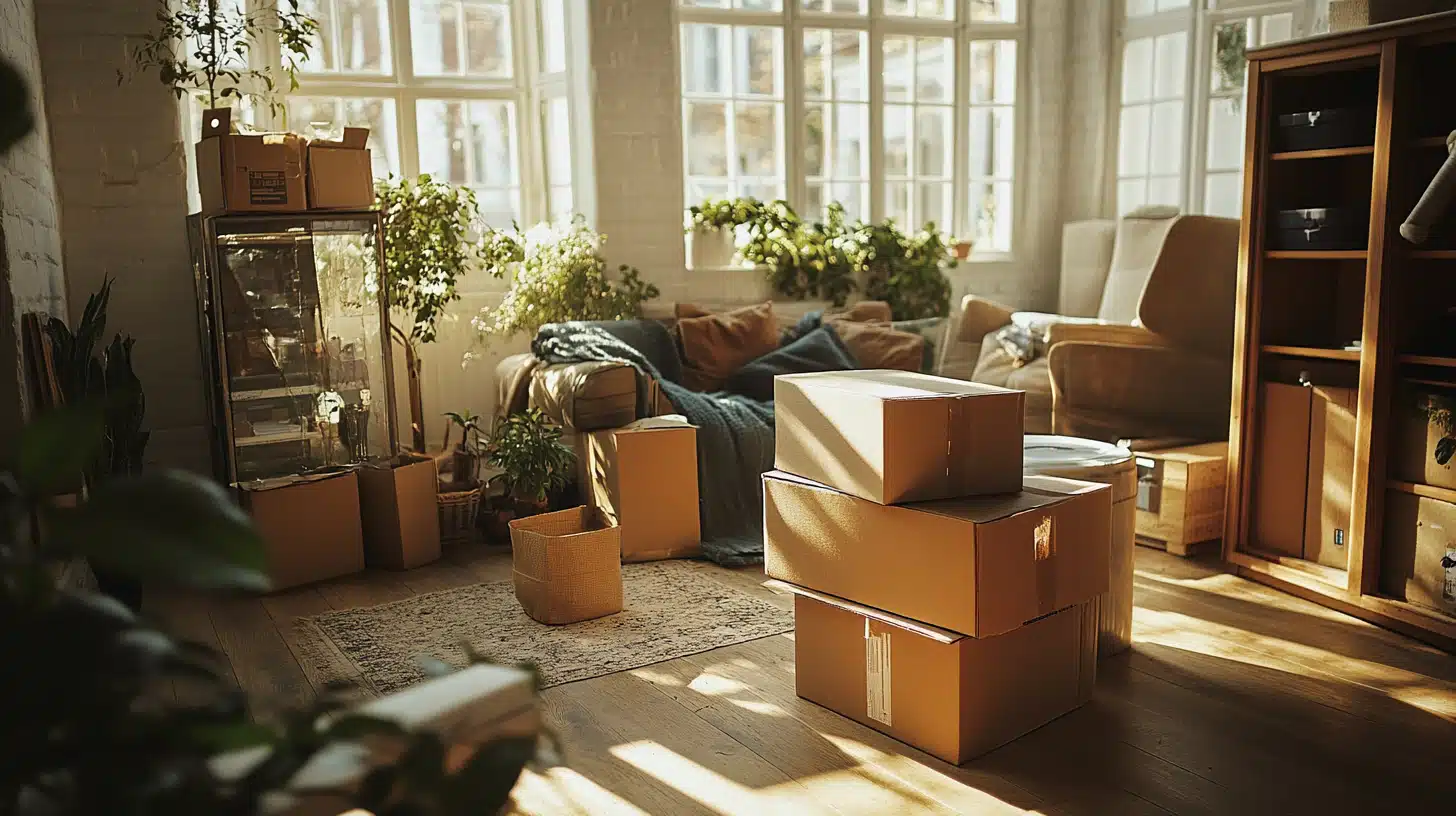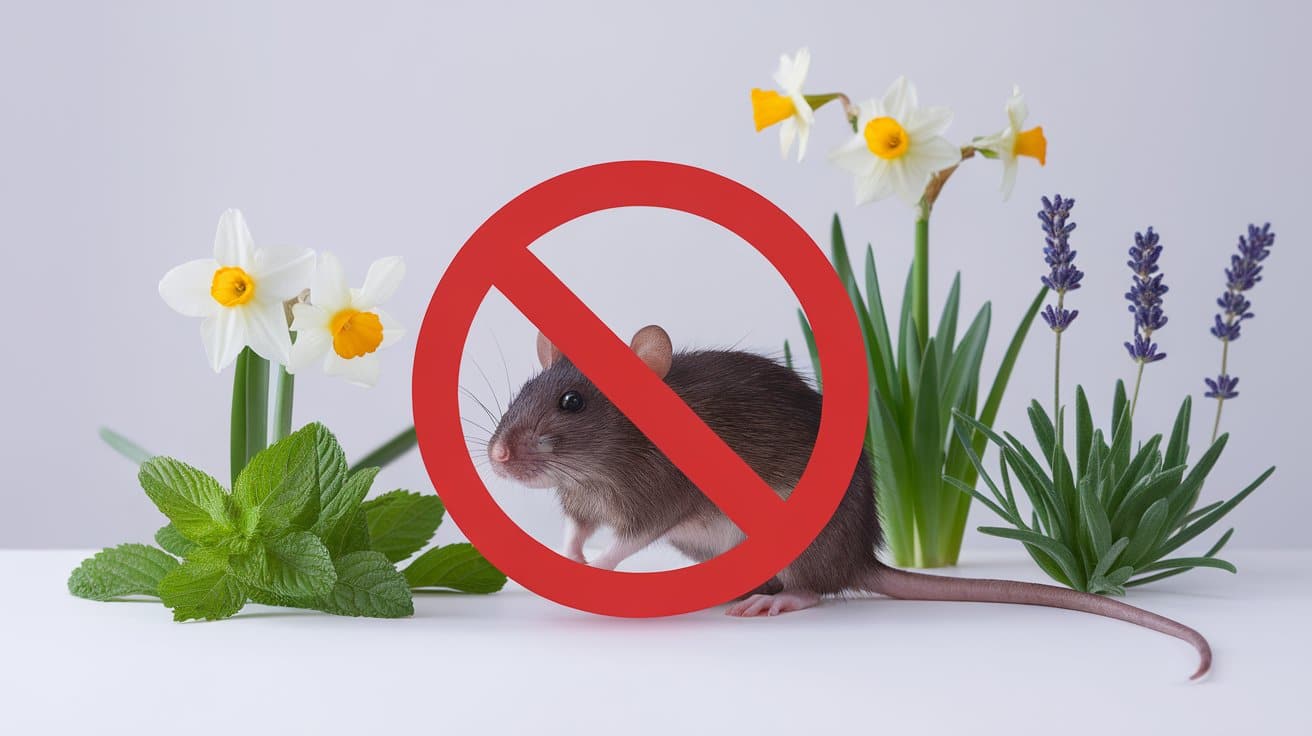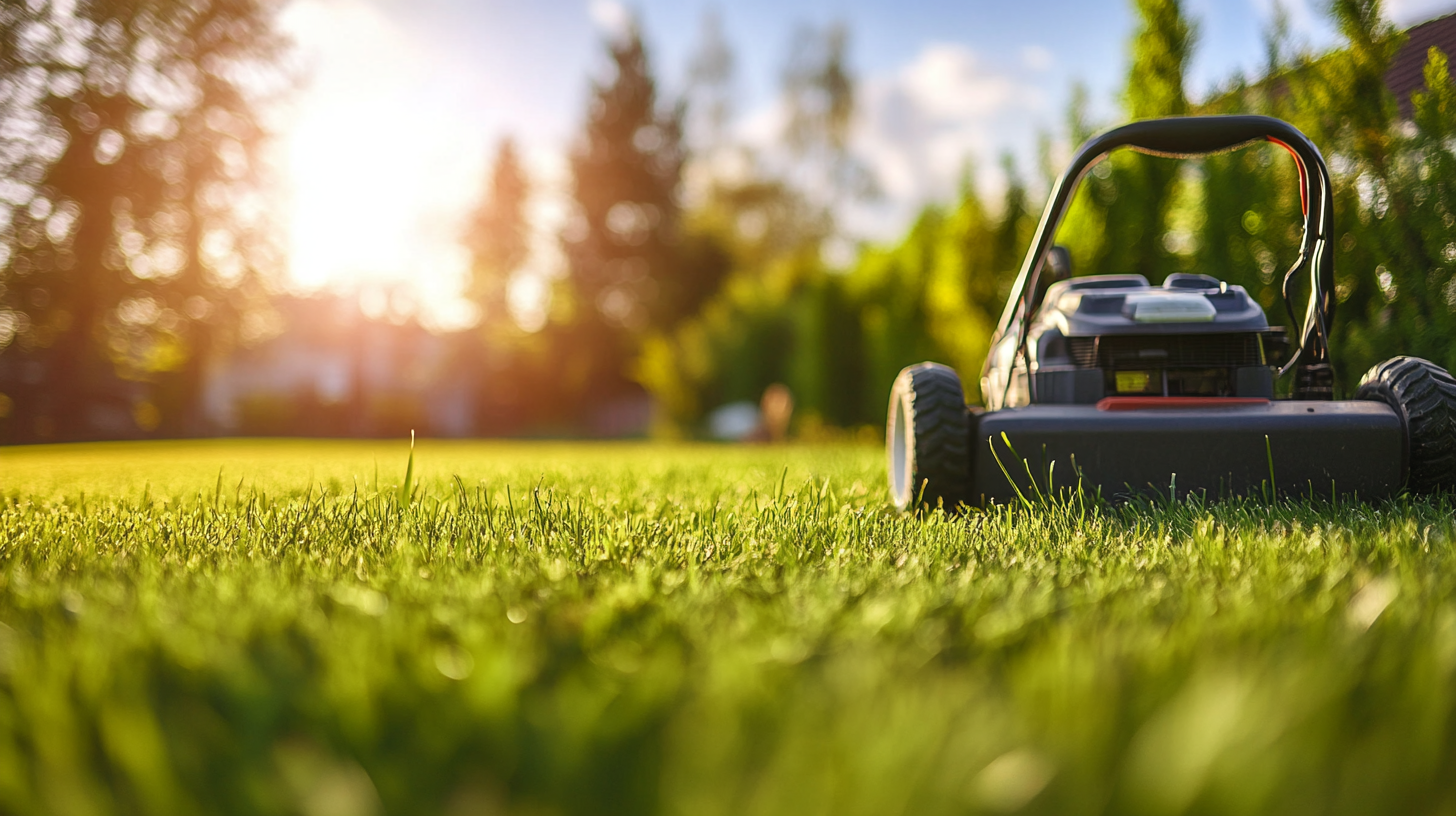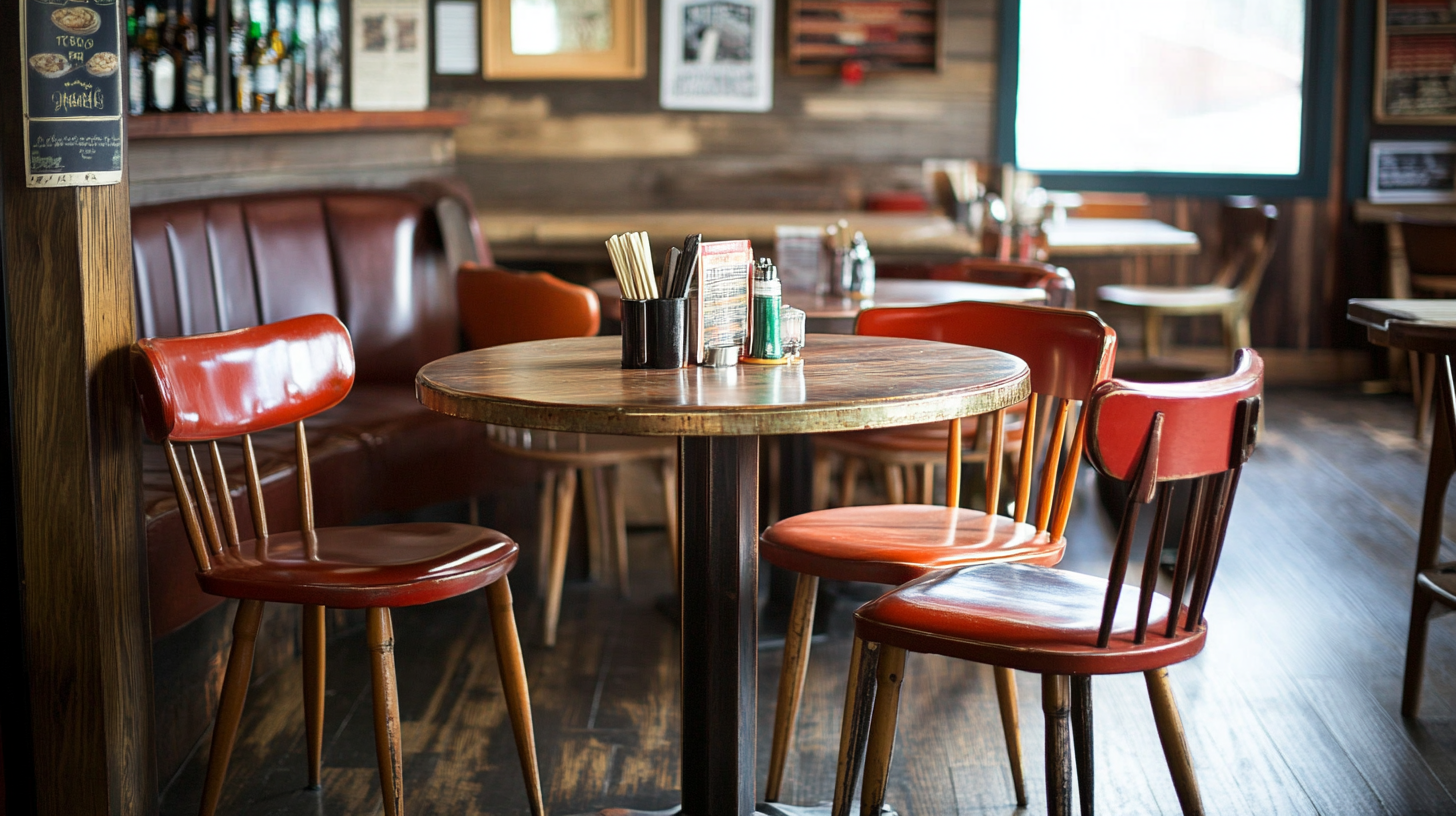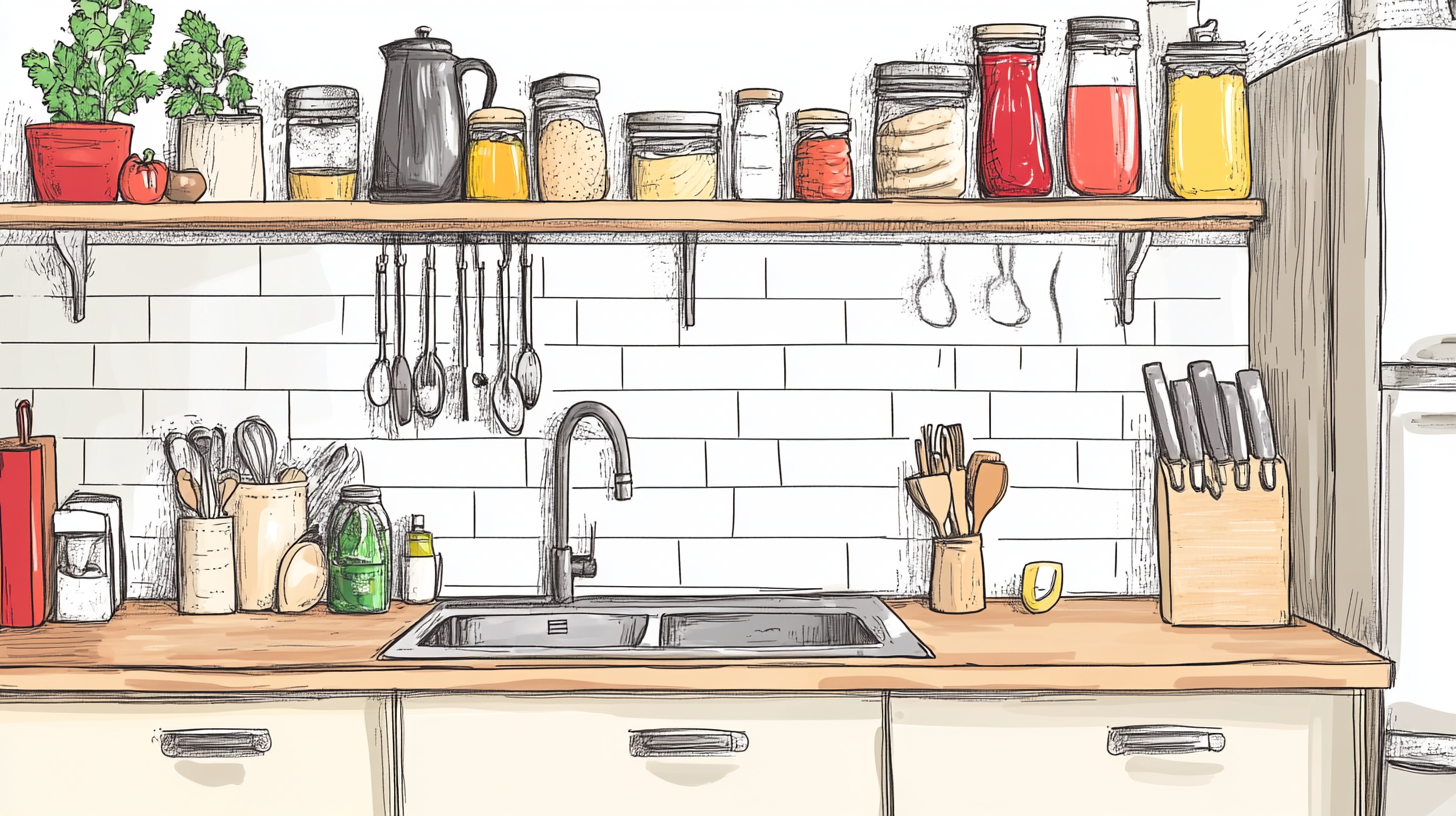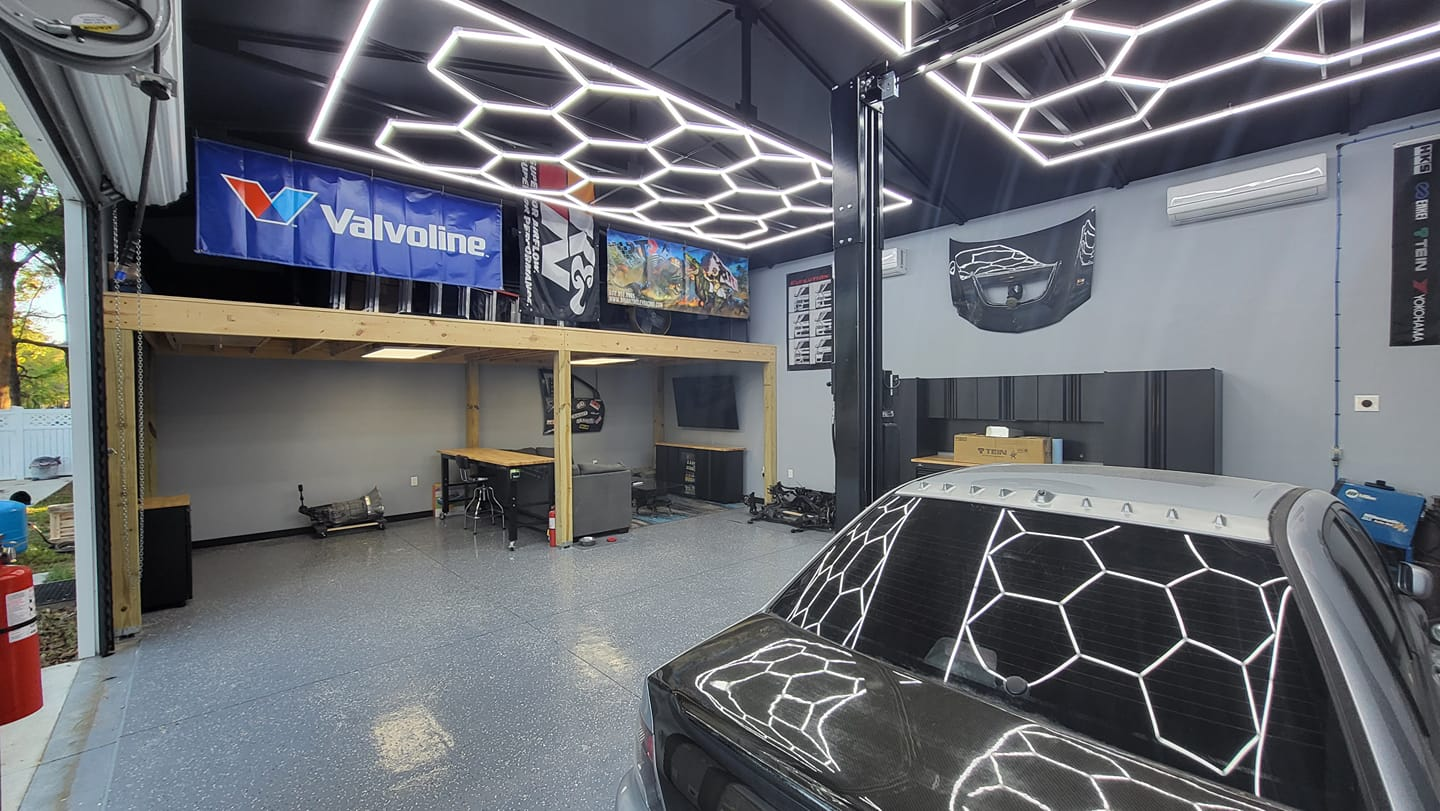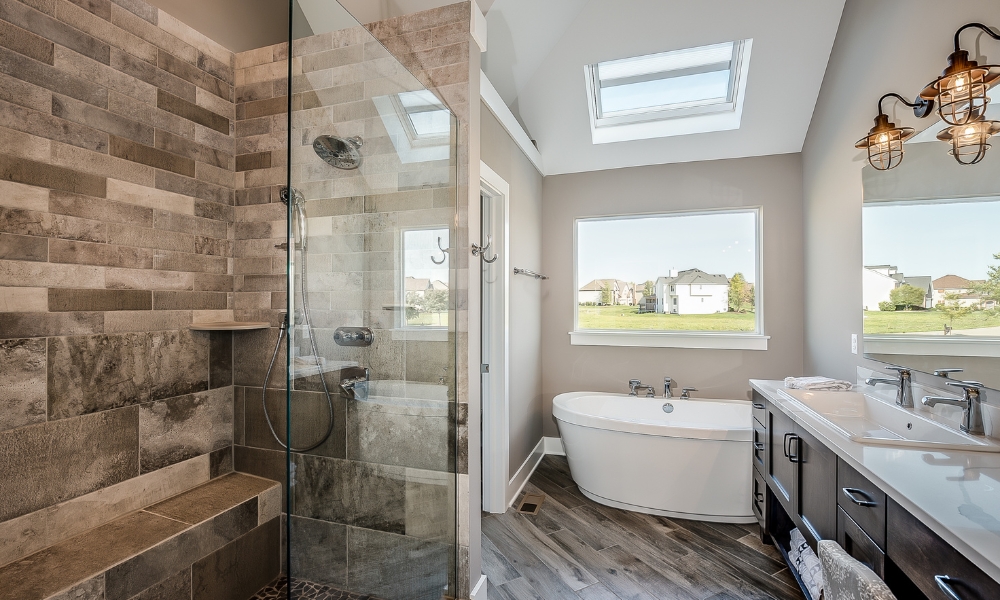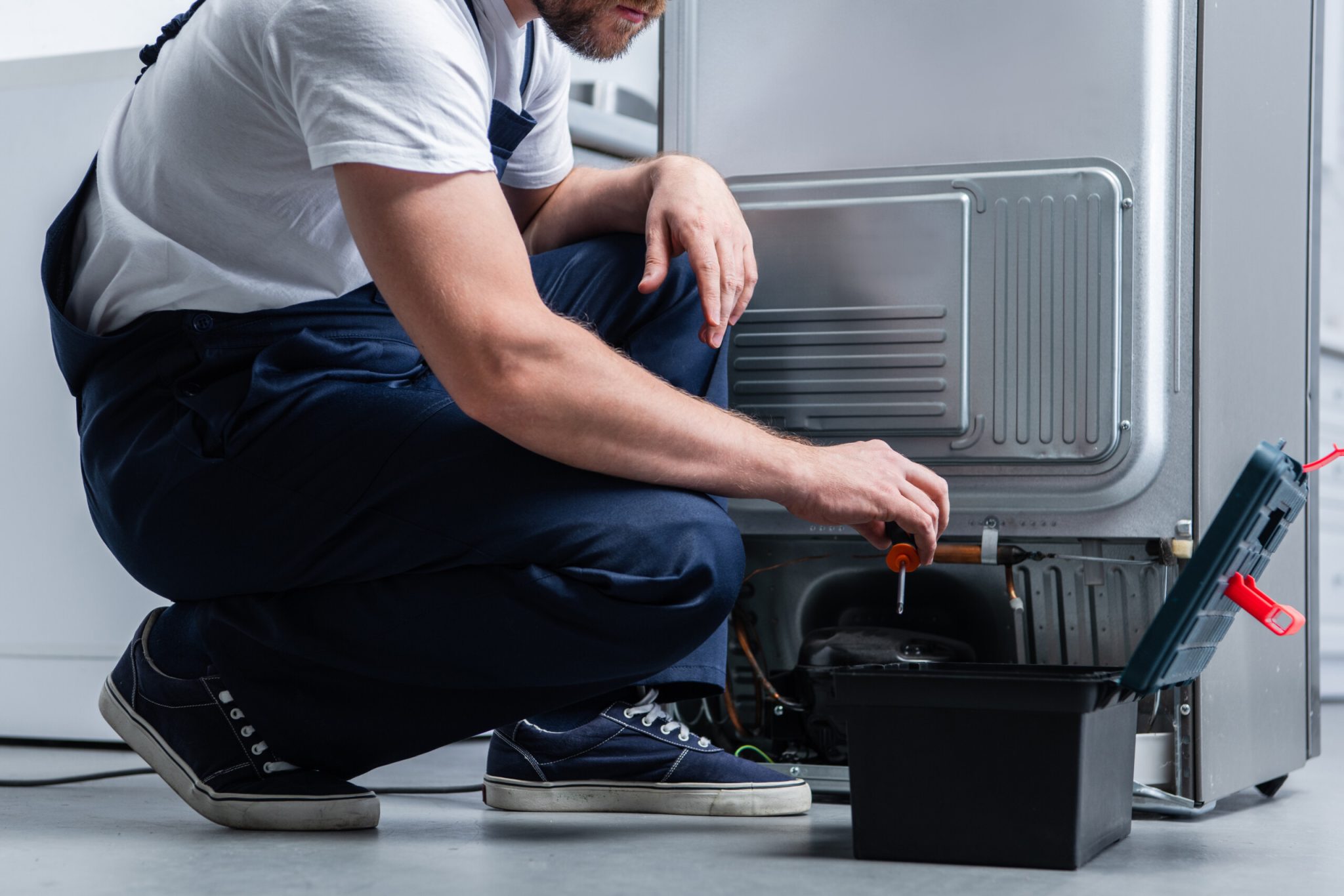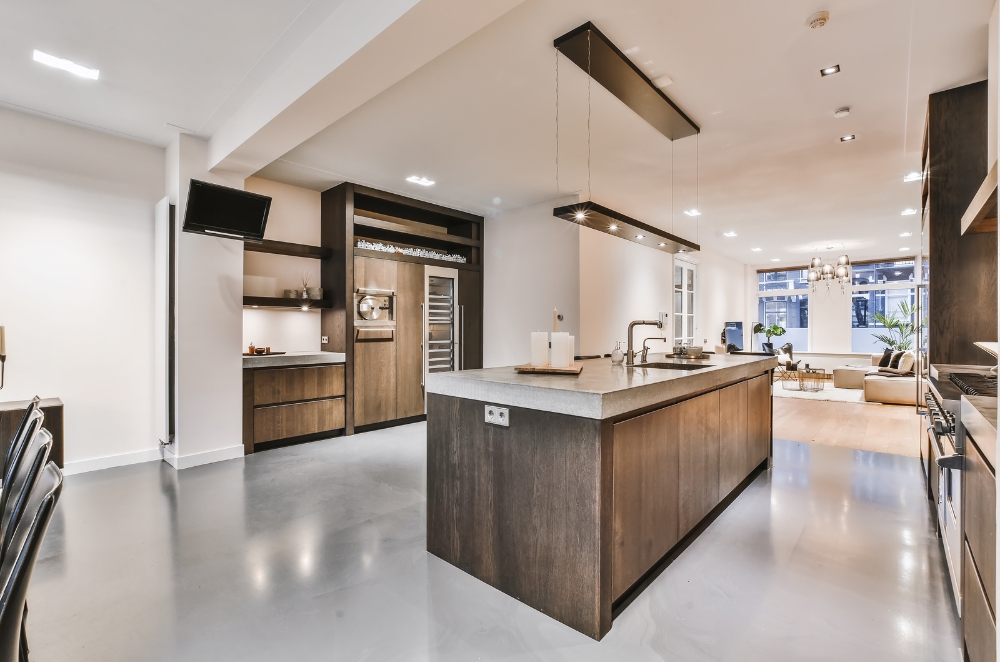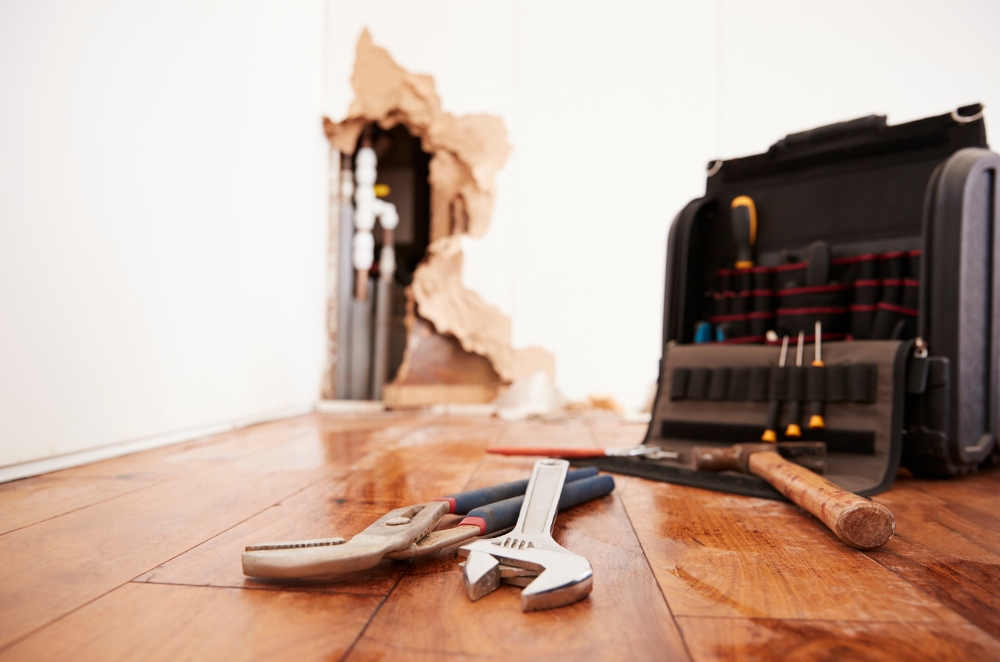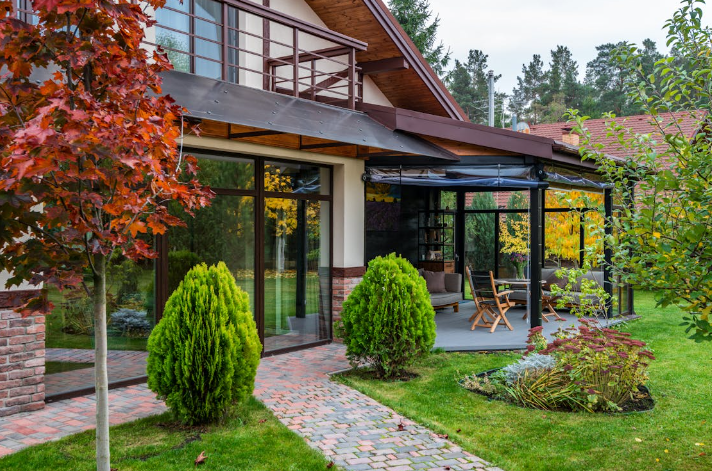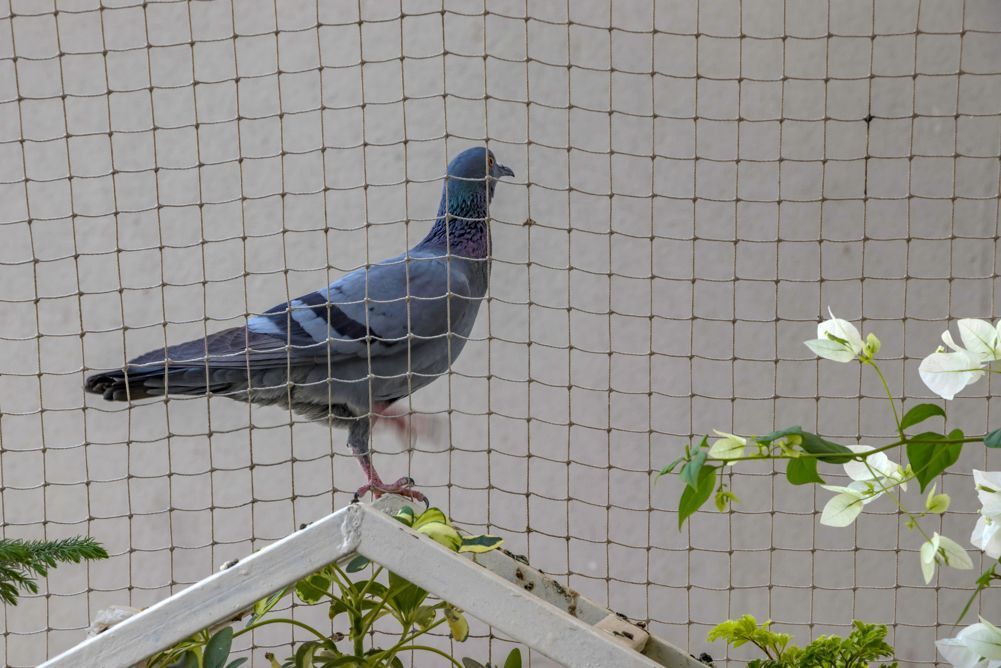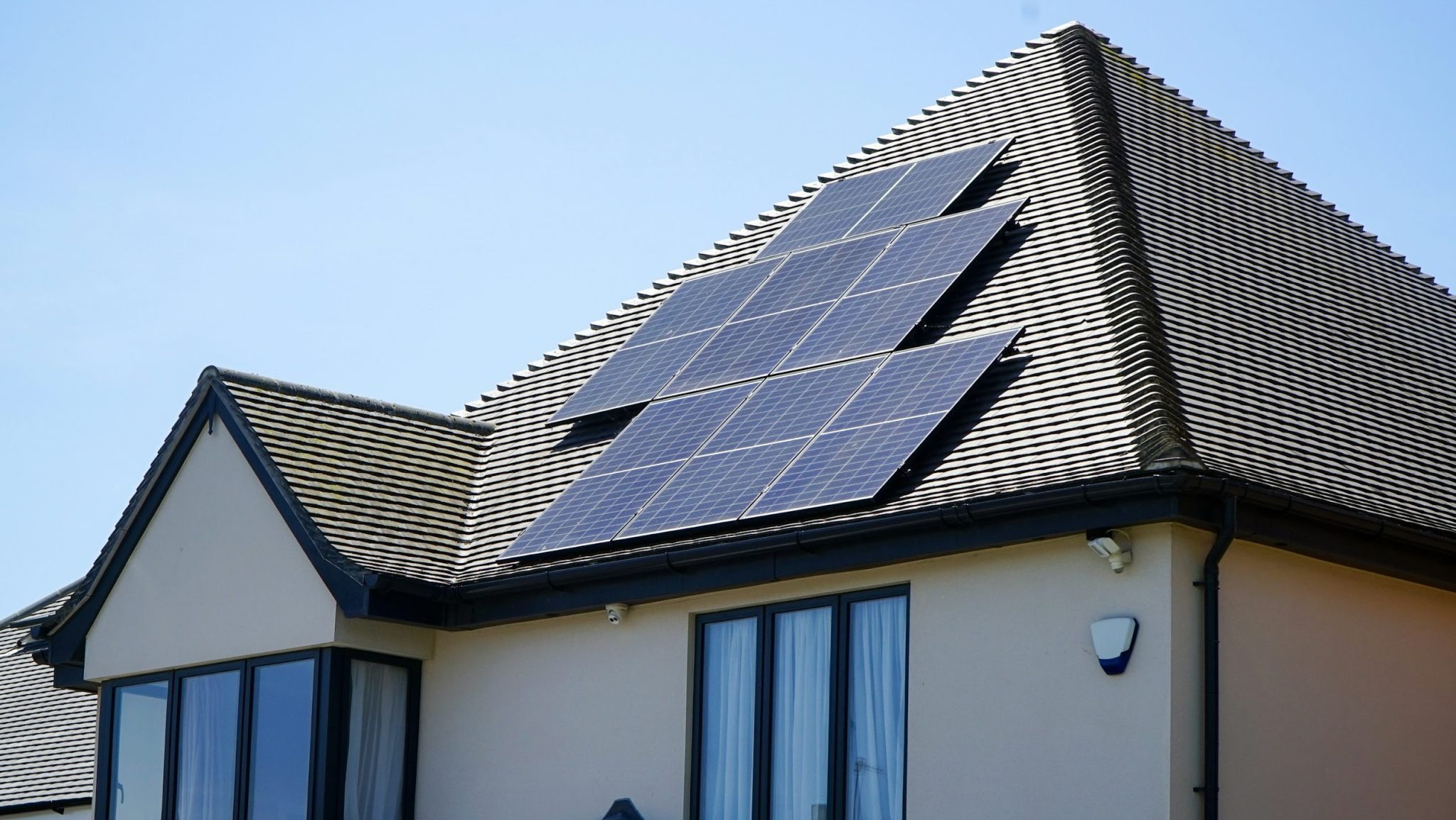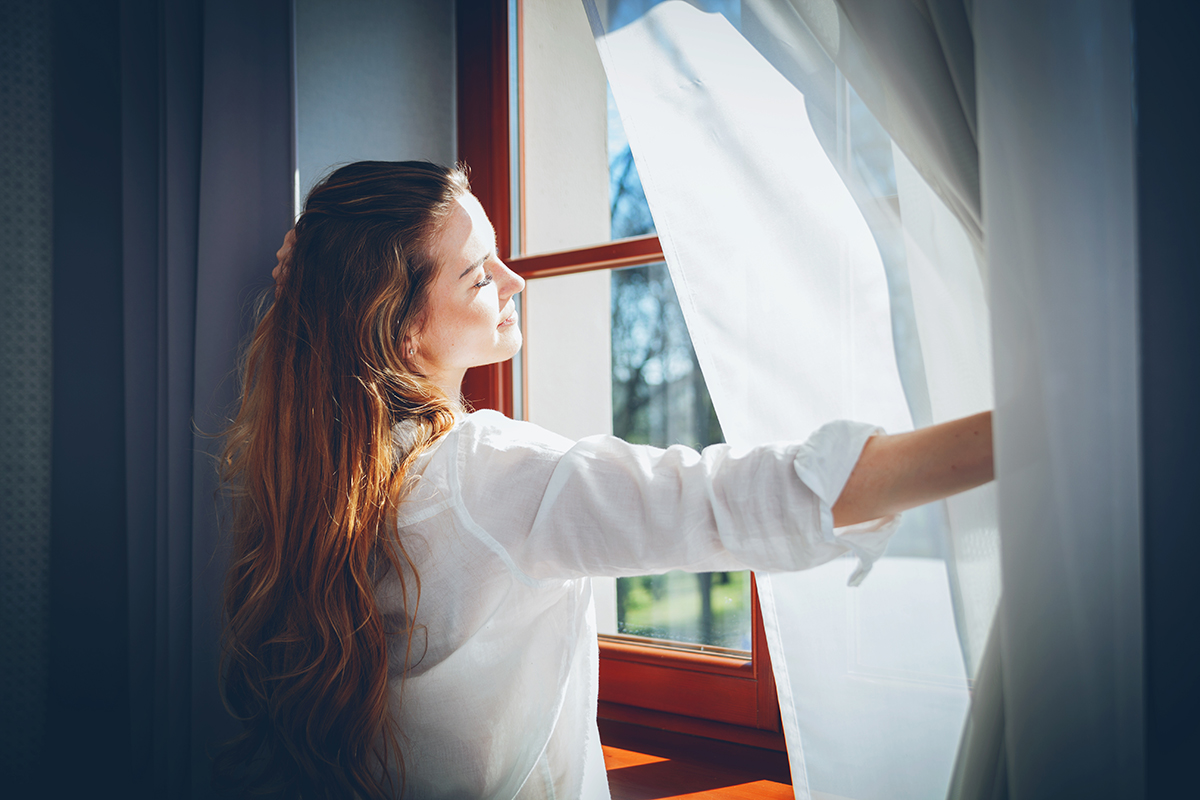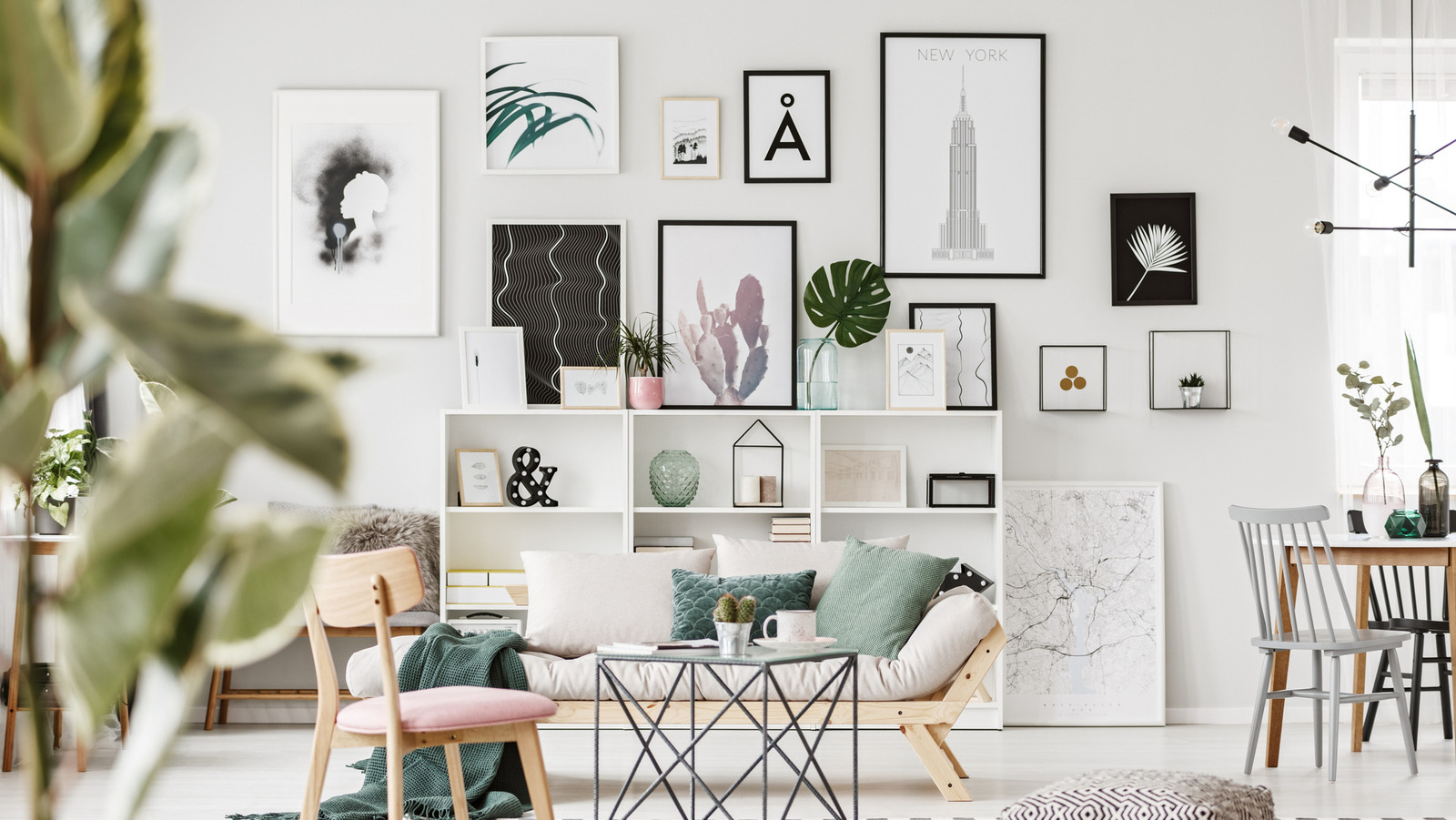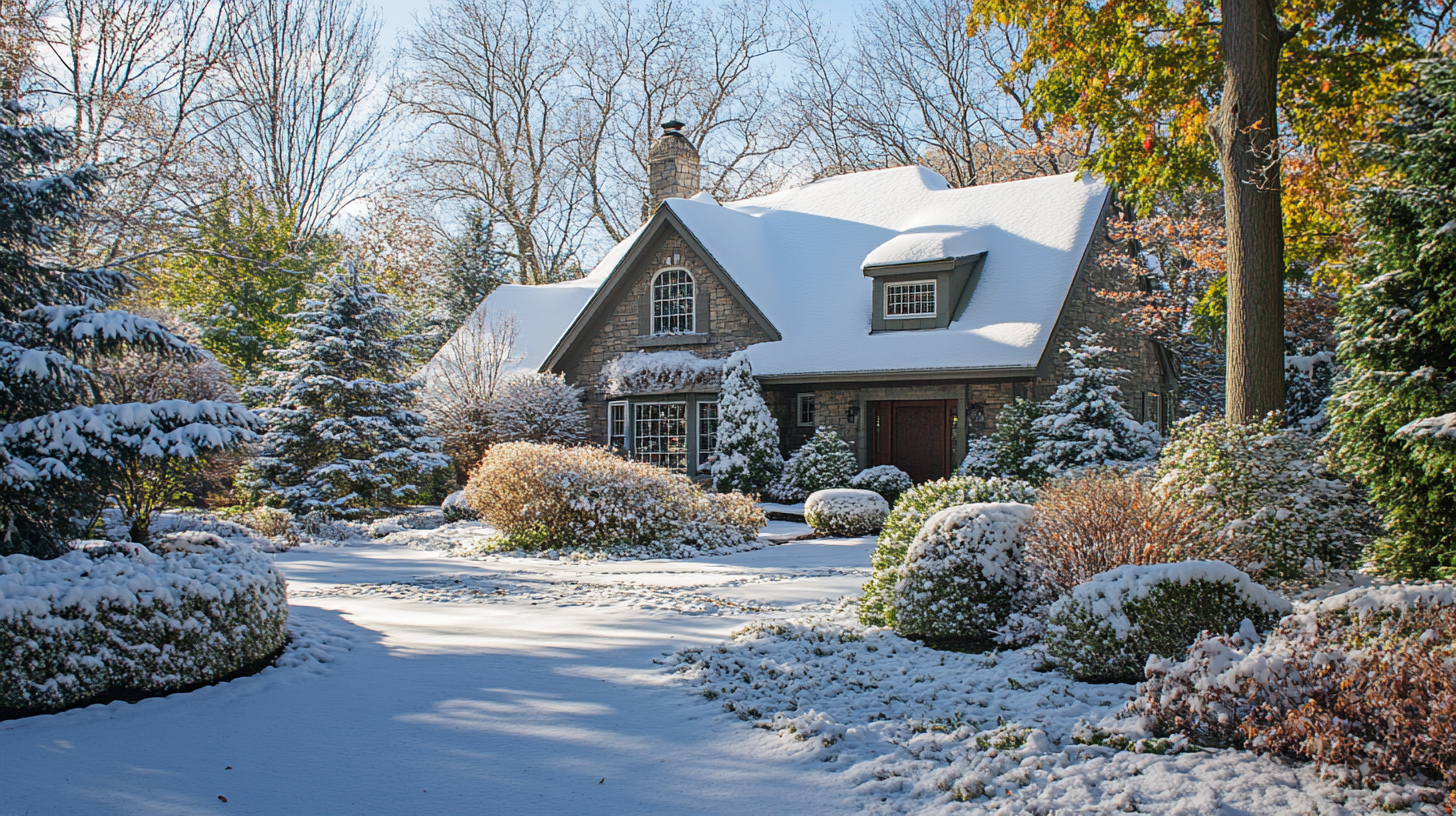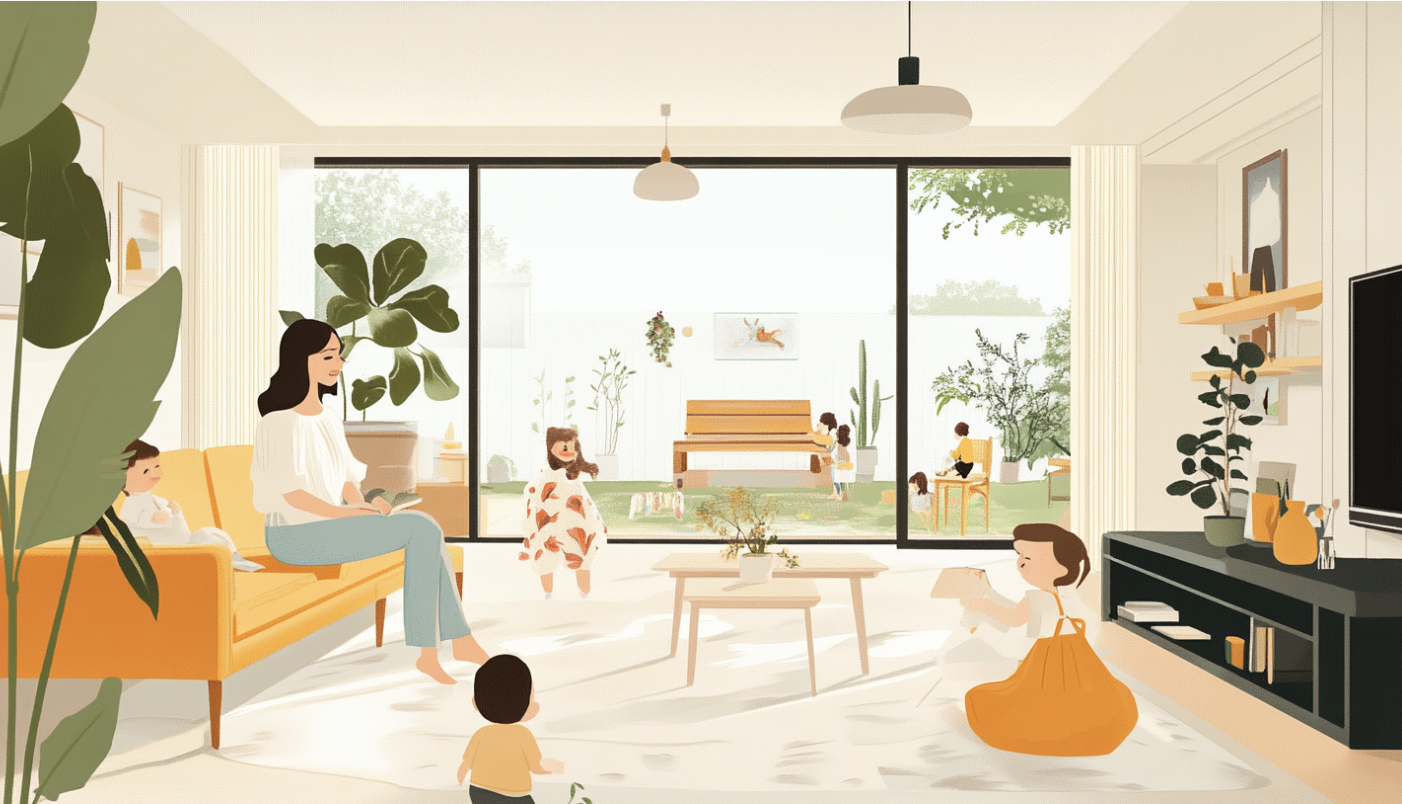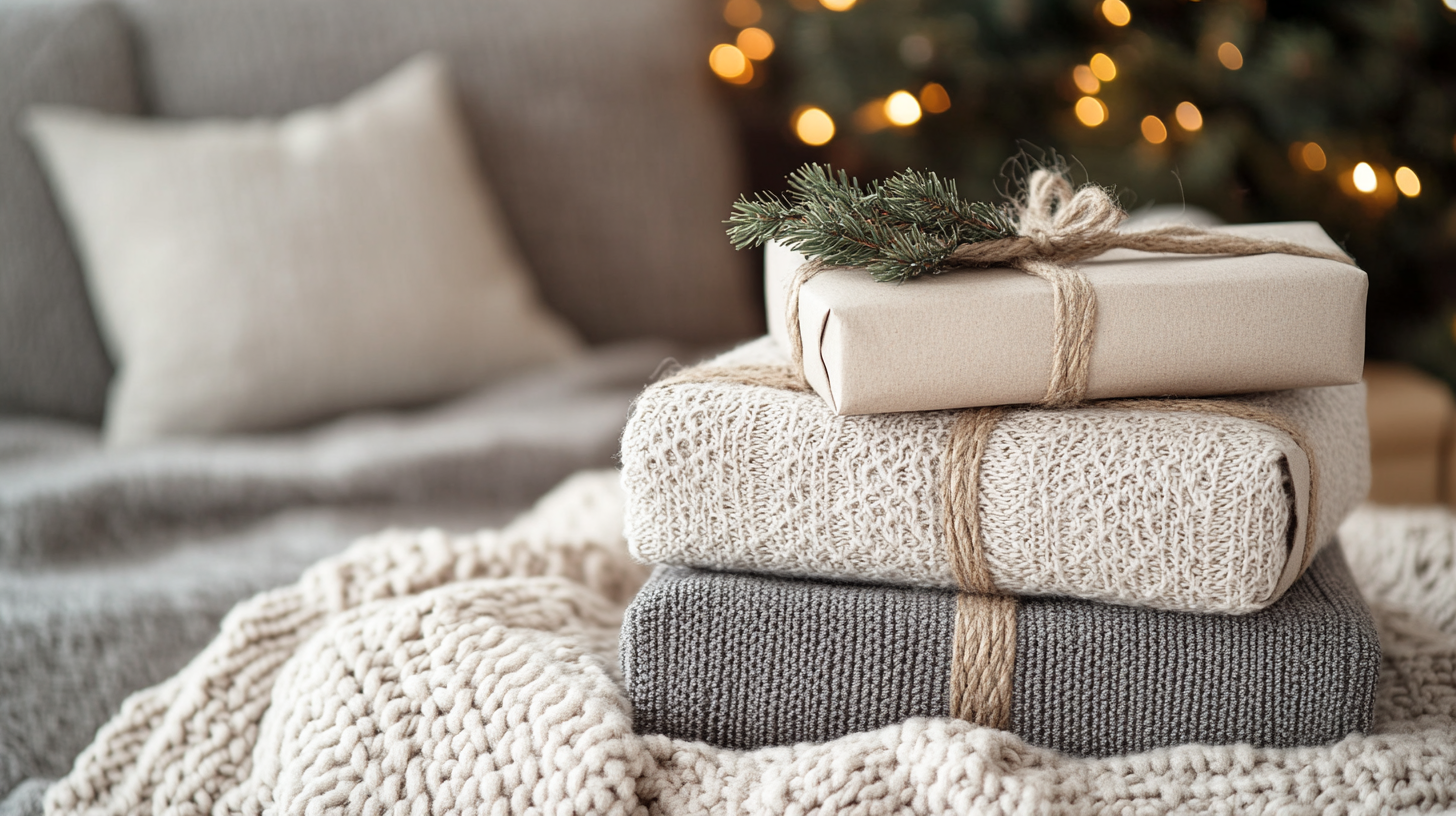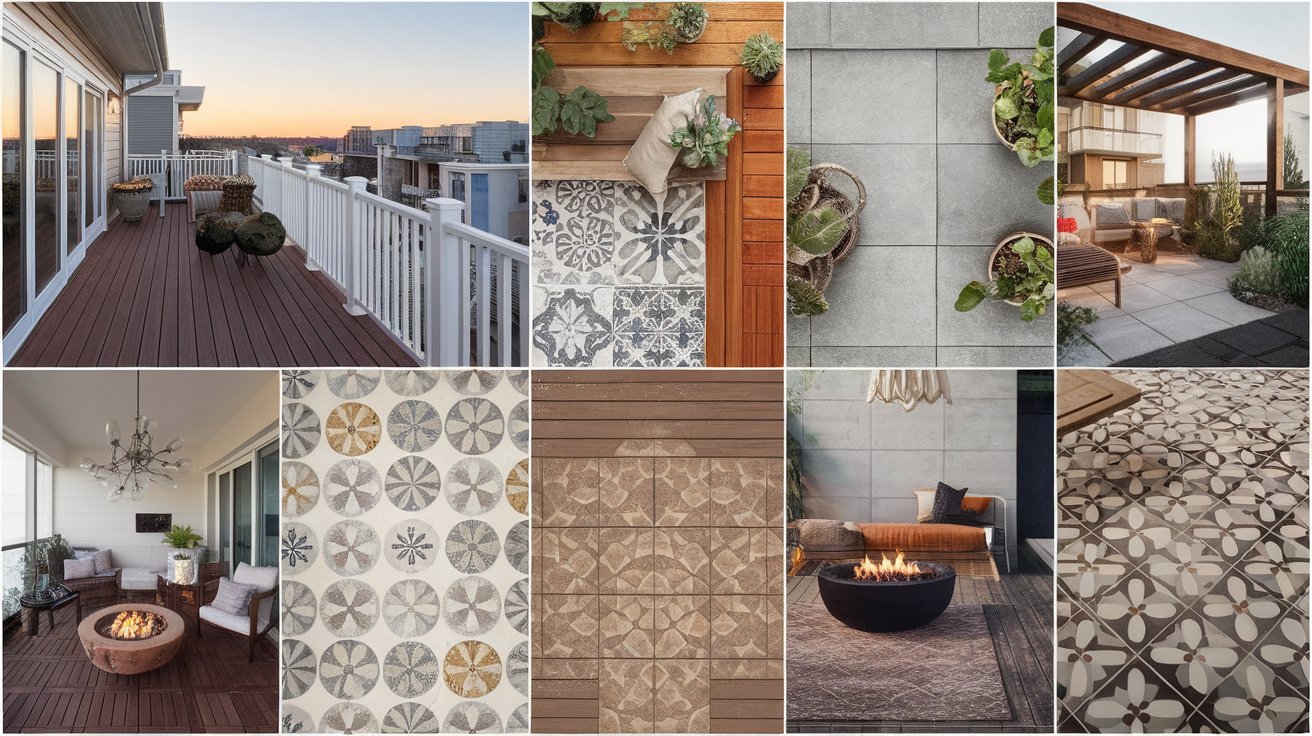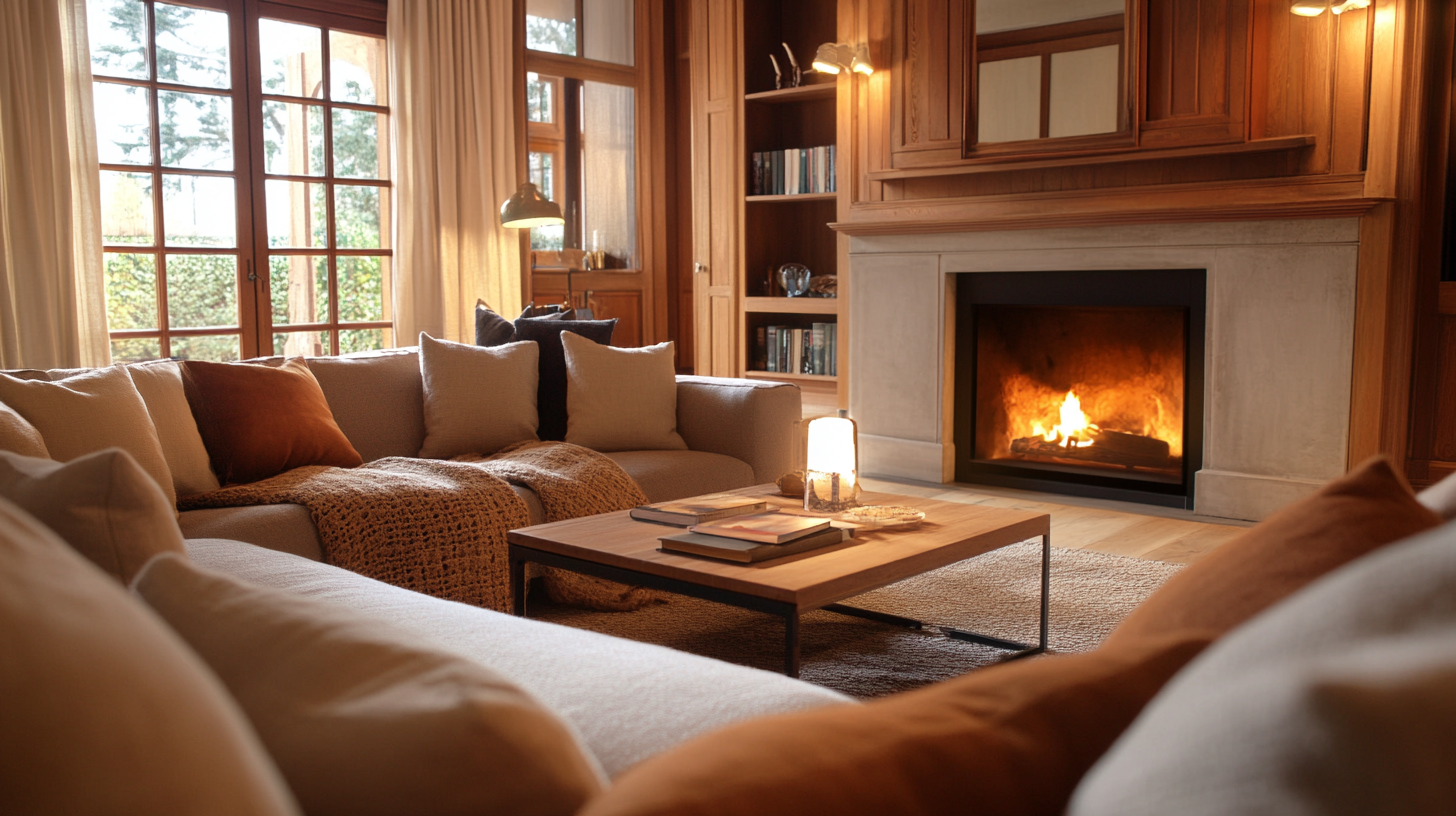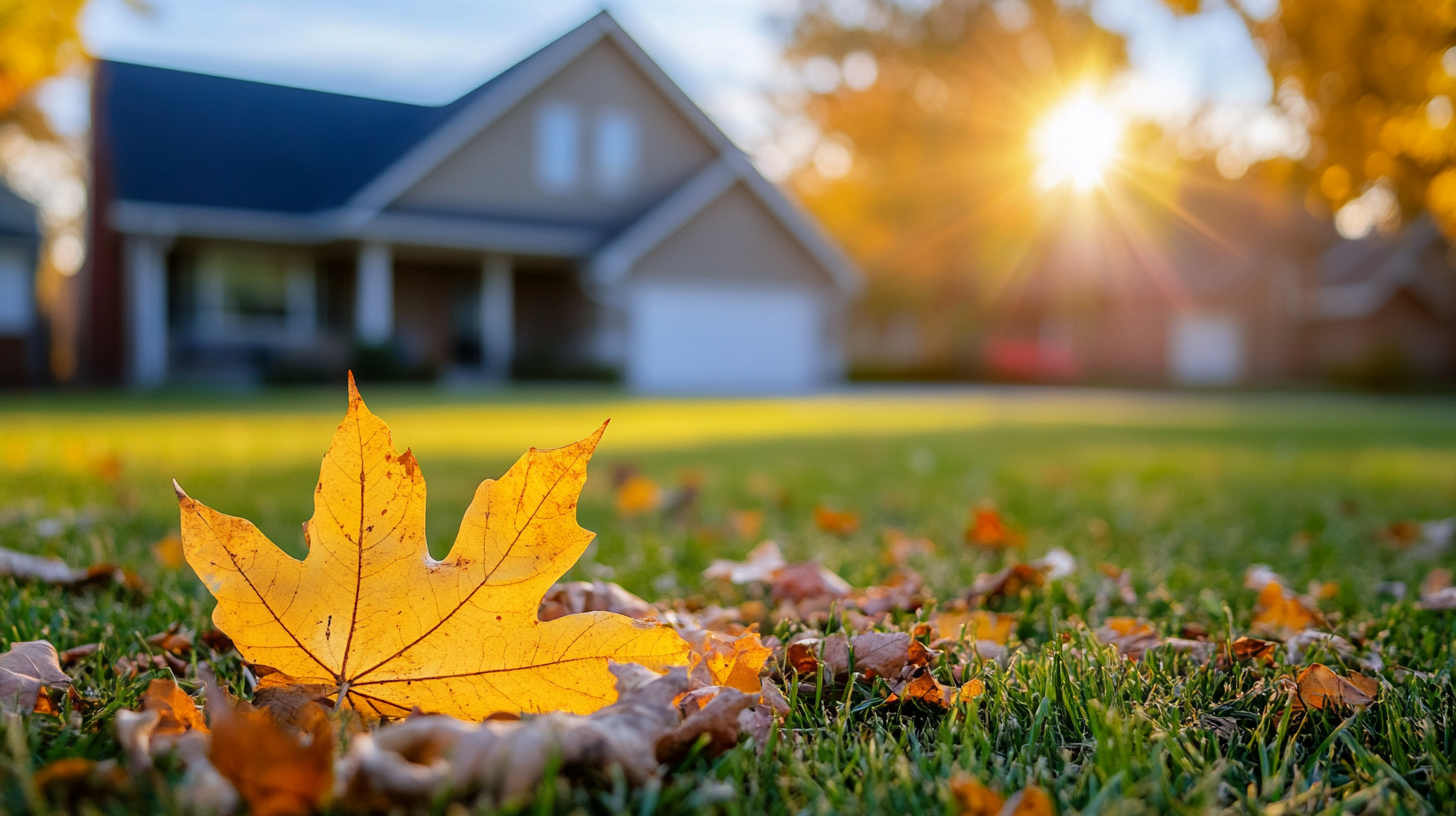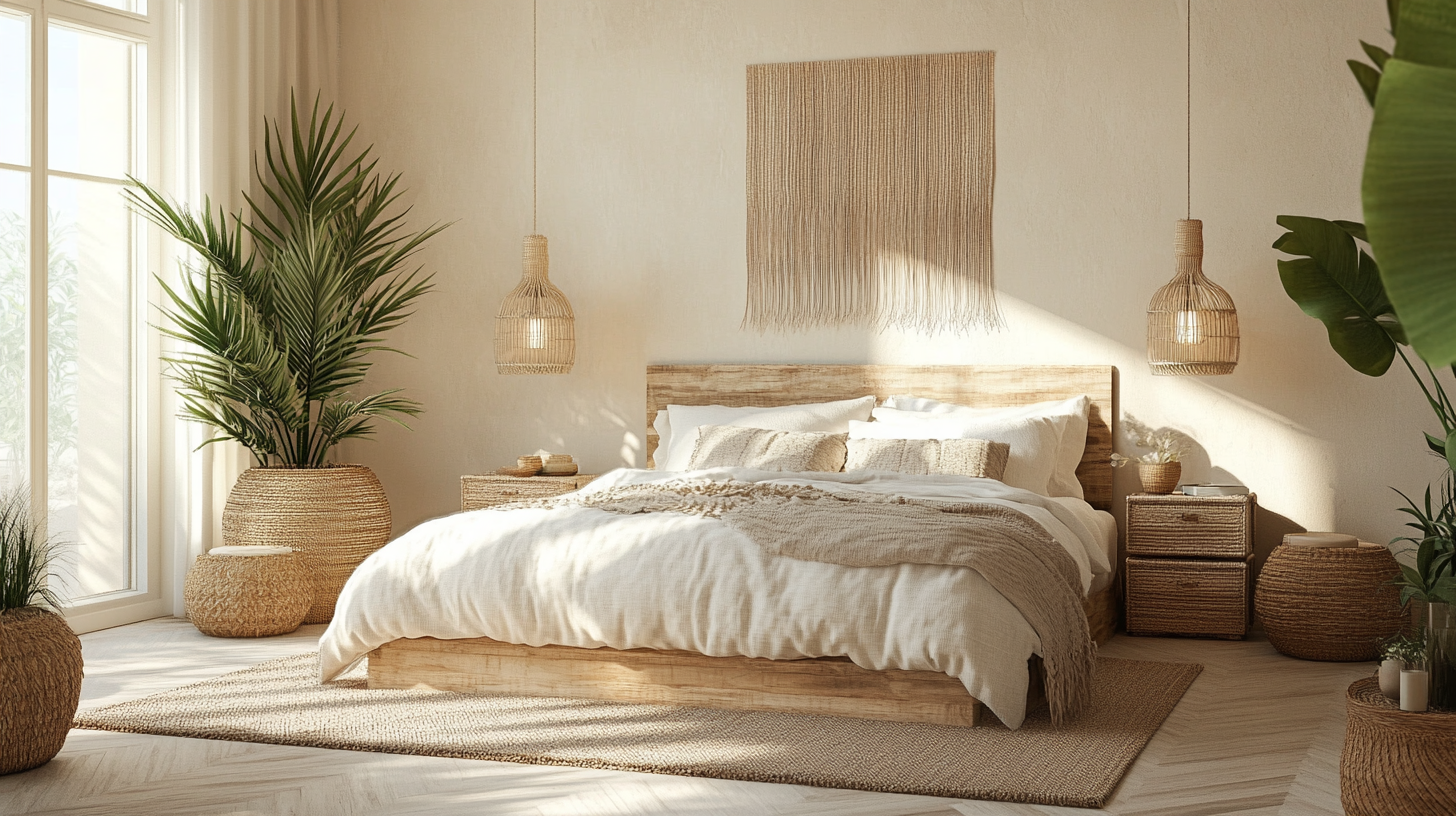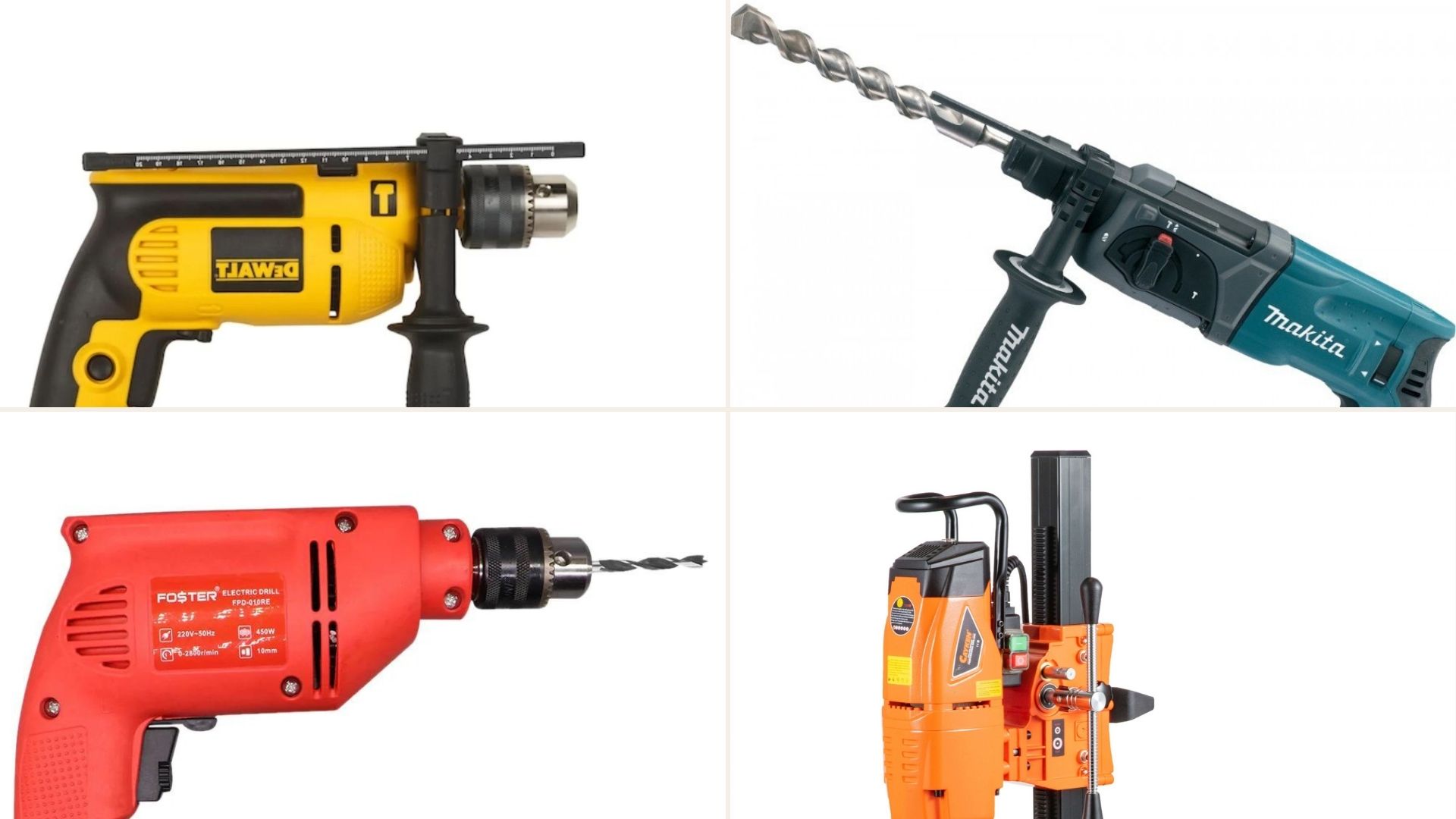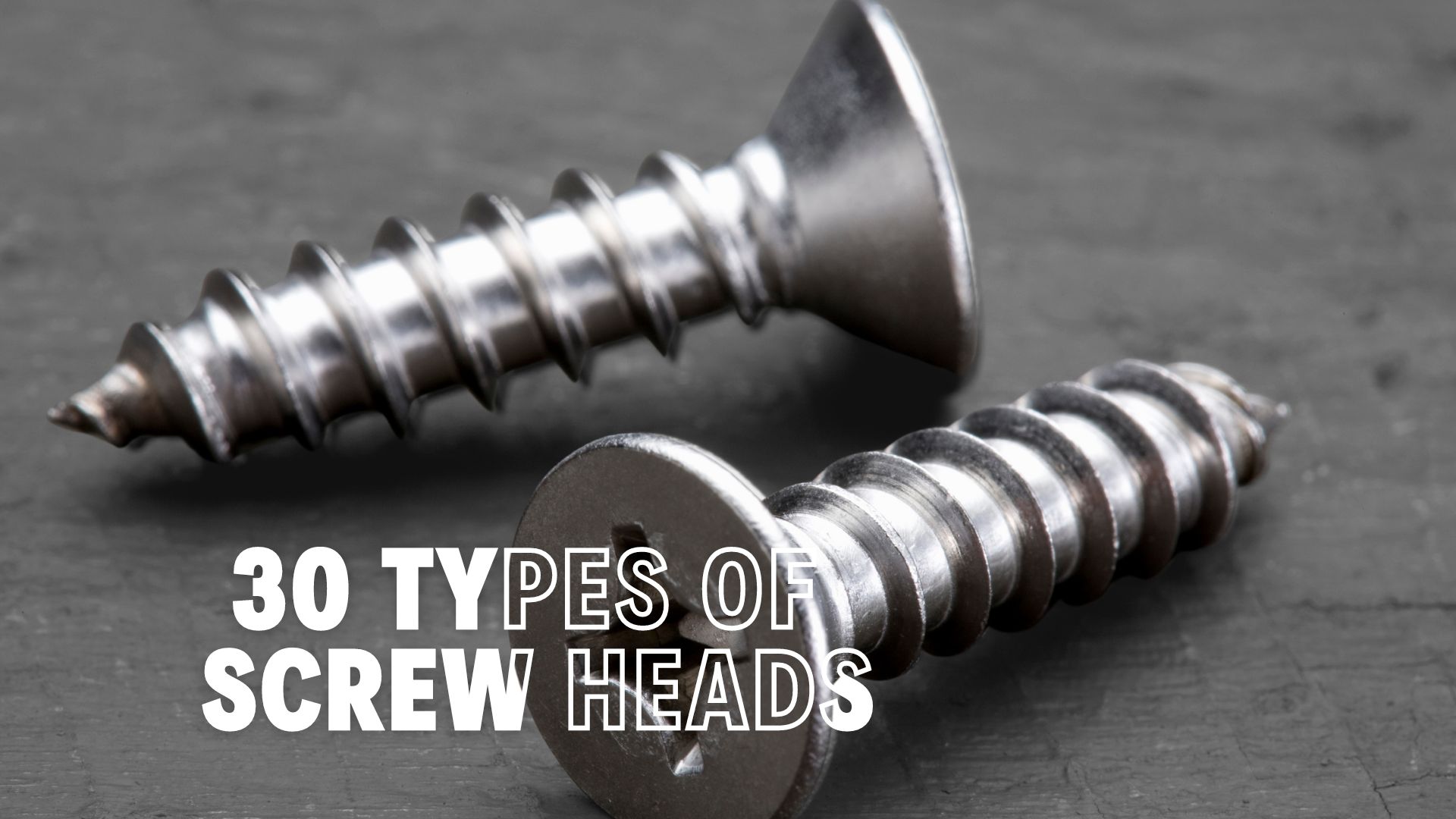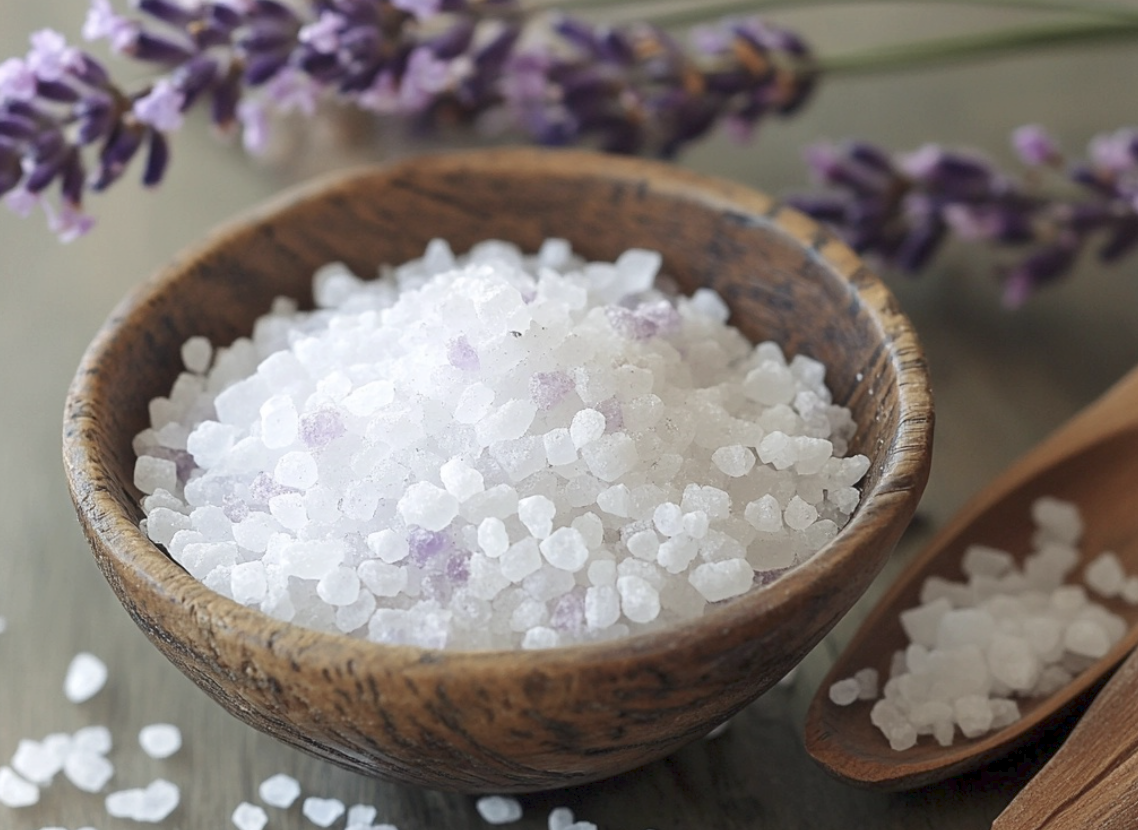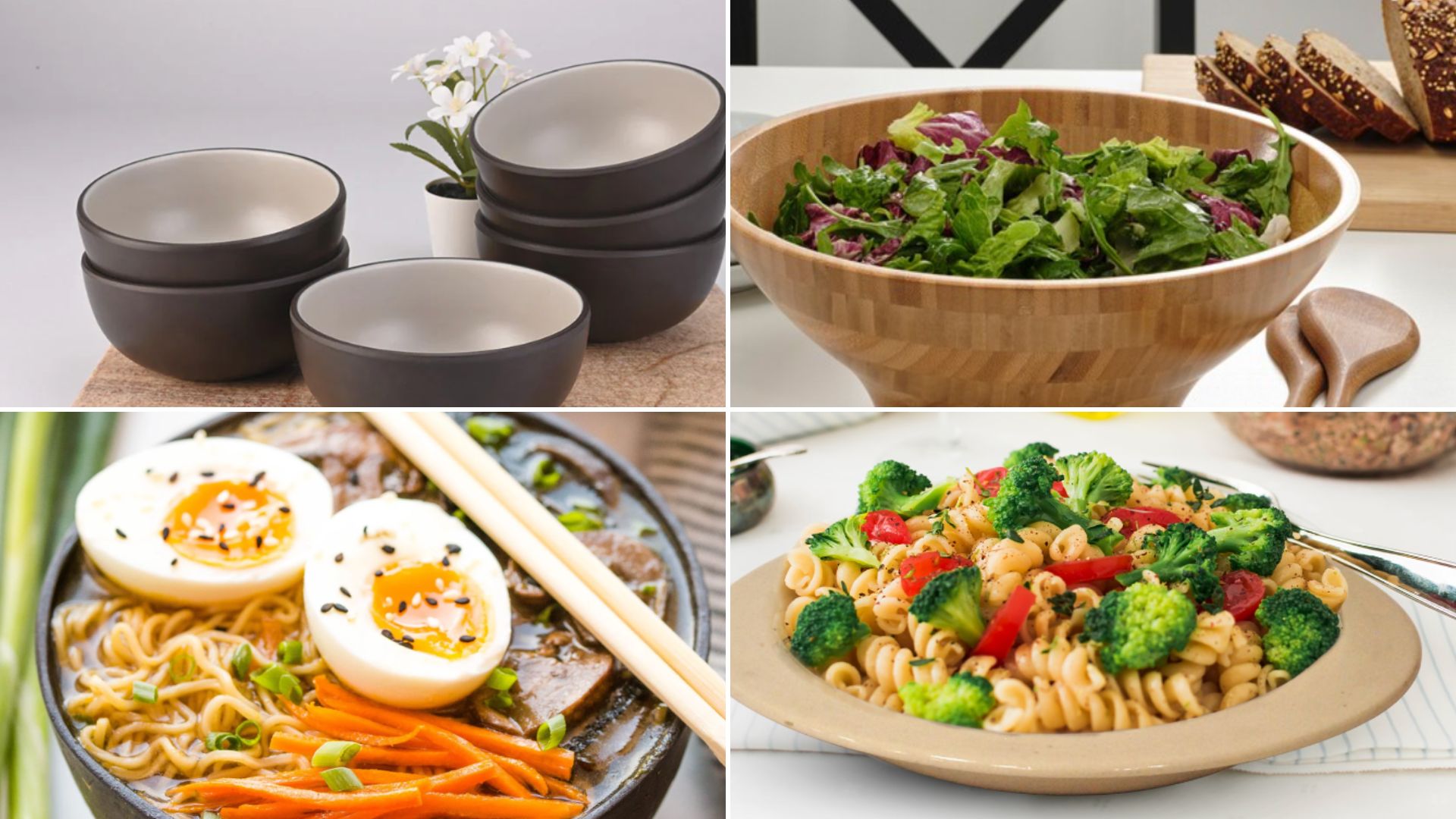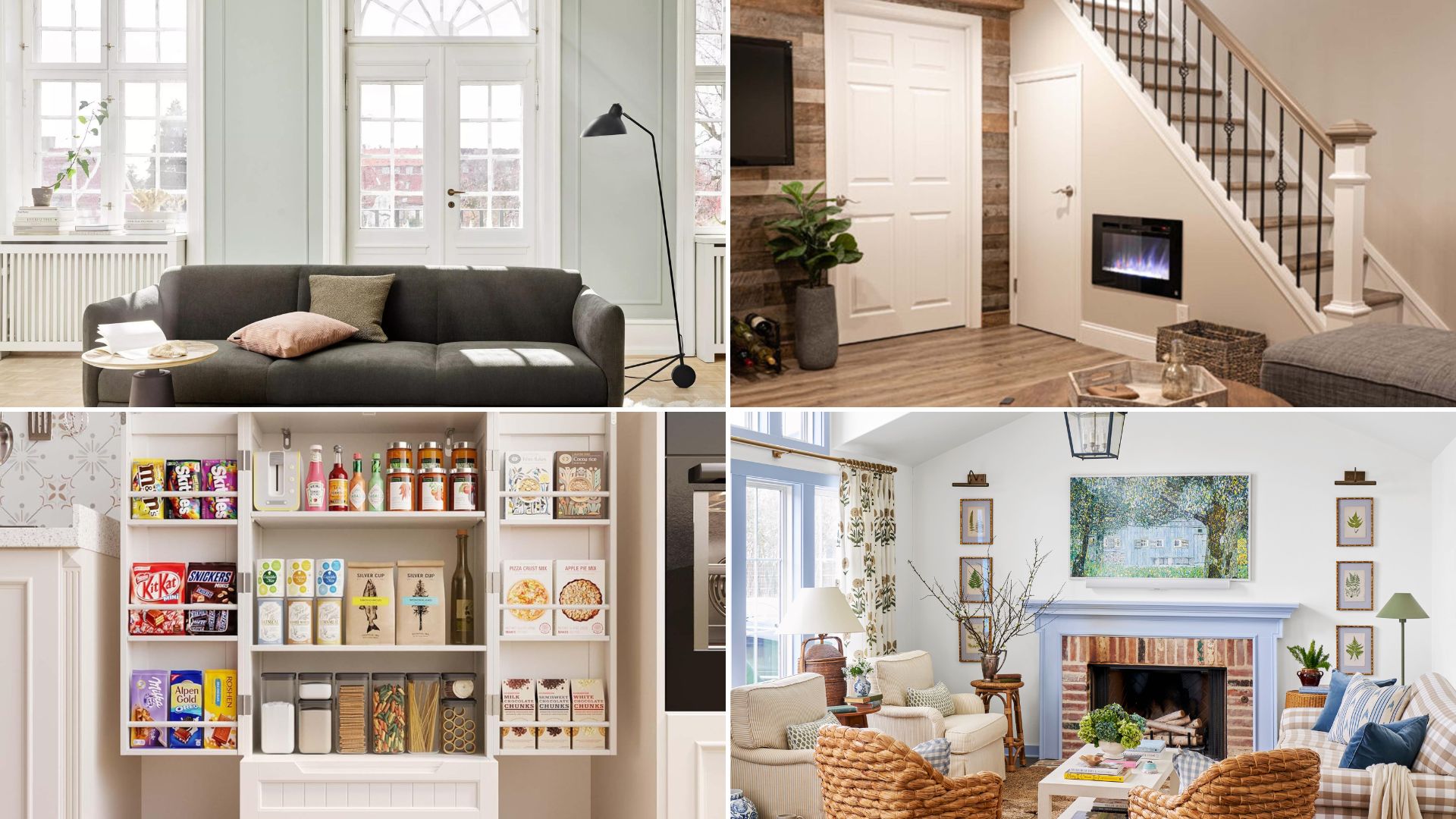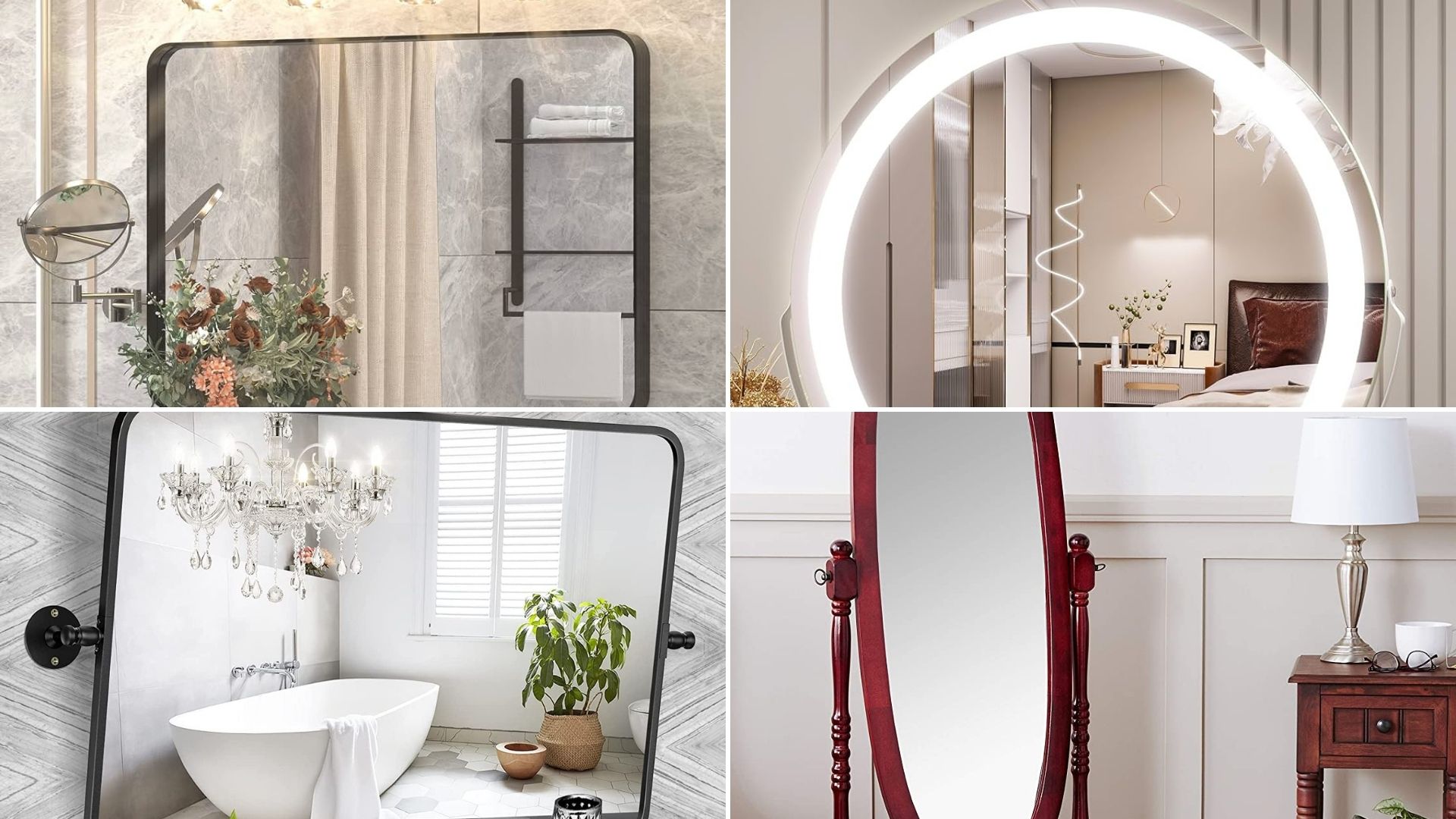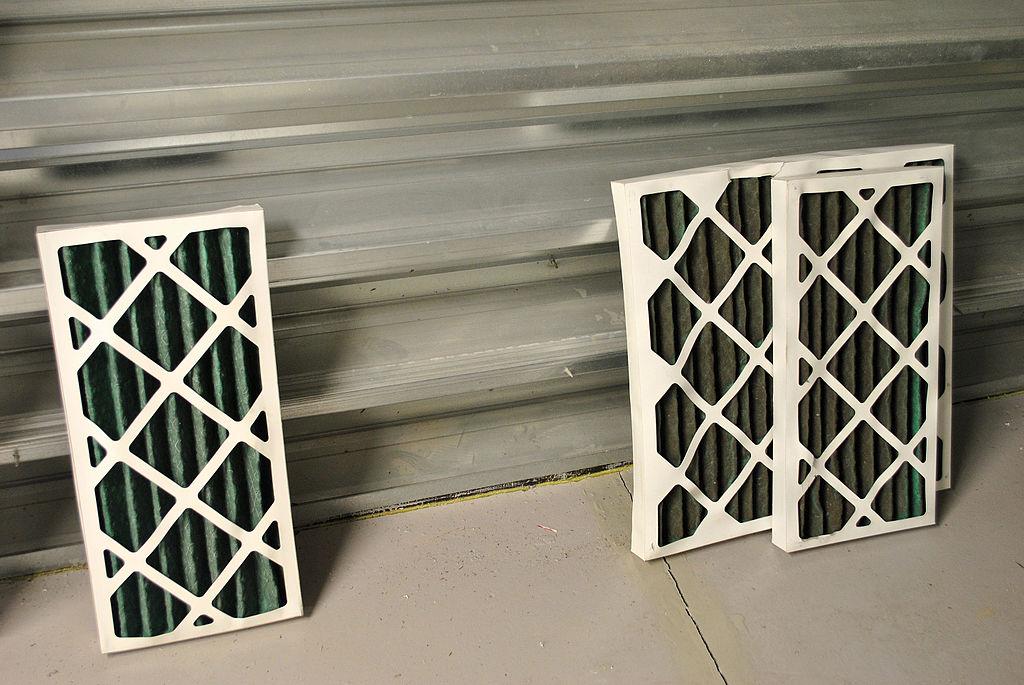
Seasons change, so your home should too. Most of us dread the cluttered closets, dusty vents, and cramped spaces that make daily life harder than it needs to be. But each new season can be an excellent reminder to store away unused items, make room for the stuff you’ll actually use each day, and make your home a little healthier and more relaxing.
Learn how to adapt your living space to the seasons in this guide.
Decluttering and Rotating Seasonal Items for an Organized Home
Keep your home functional and free of clutter by storing away stuff you don’t need for the current season. Rotating seasonal clothing and gear frees up space for what you actually need while preventing overstuffed closets and drawers. And as a bonus, a well-organized home can pare down stress when you’re looking for everyday essentials.
As warmer months approach, it’s a good time to pack away heavy coats, boots, and winter sports gear. Storing bulky clothing in vacuum-sealed bags helps save space and keeps items organized. A small, easily accessible spot in a closet or entryway can be set aside for frequently used accessories, like light sweaters or rain jackets, rather than packing them away.
Consider storing anything you won’t use until next year’s season in your attic, garage, or a self-storage unit, such as sleds and holiday decorations. Double-check that everything you store away is clean and dry before packing it to prevent it from mildewing.
Using Self-Storage to Keep Your Home Clutter-Free
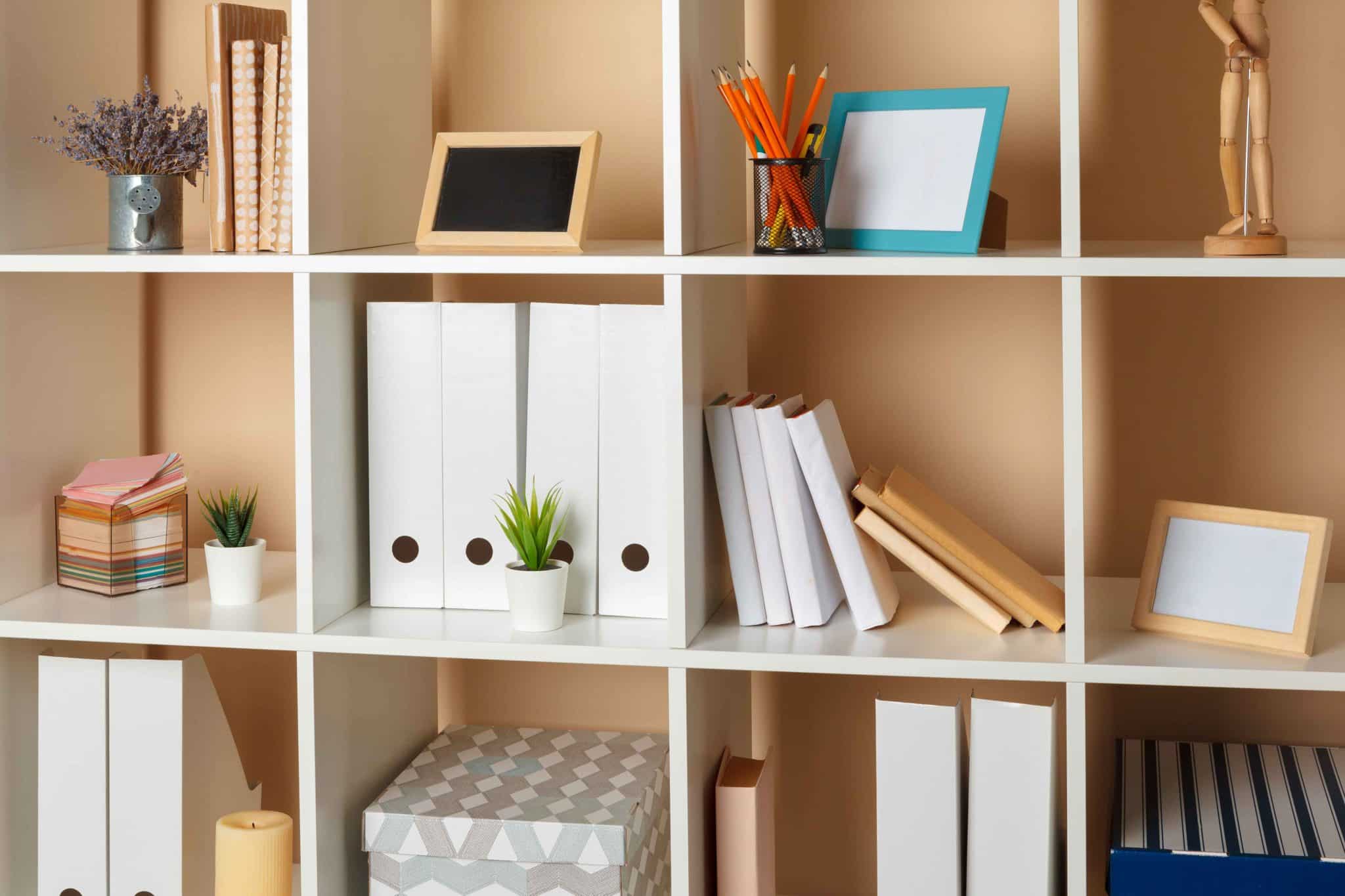
A self-storage unit might be the best solution if you don’t have a lot of extra space to store away items for a season. Self-storage for seasonal items helps free up space in your home while keeping them protected and organized.
Before renting a unit, consider how often you’ll need to visit it. If you only need to get your winter gear out once a year, you can probably get away with a smaller, budget-friendly unit. But if you think you’ll be visiting more frequently, you may need to look into one with handy hours. Some facilities are open 24/7 with cameras placed for security.
If you choose a climate-controlled unit, your stored items might even stay more protected from the elements than they would in your garage. These storage units can keep delicate fabrics and holiday decorations safe from humidity and drastic temperature changes by preventing warping and mold.
To make the most of your storage unit, maximize its space. Use clear bins with labels to easily find what you’re looking for when it’s time to rotate your items for a new season. Also, keep the items you use the most near the entrance of your unit so you won’t need to dig through everything to find them. Having a list of everything you have in the unit and where you stored them can simplify the process every time you visit.
Maintaining Indoor Air Quality for a Healthier Home
The air inside your home changes with the seasons. Dust, pollen, and humidity levels fluctuate throughout the year, and they affect how clean and comfortable your space feels. And left unmanaged, they can cause poor indoor air quality—a contributor to lingering odors, allergies, and higher energy bills.
The easiest way to keep your home’s air fresh is to change your air filters regularly. Filters trap dust, pet dander, and other particles in your home. When they’re clogged, your system works harder and uses more energy, all while circulating dirty air.
Unfortunately, you may not see any obvious signs that it’s time to change your HVAC air filters. That’s why experts typically recommend getting into the habit of changing them every one to three months.
But your HVAC system relies on more than just filters to function properly. At least once a year, clean out vents, seal ducts, and schedule seasonal tune-ups to improve efficiency.
Additional Ways to Create a Healthy Home Environment
Plants don’t just belong outdoors. Indoor plants can make your home healthier by removing toxins and improving air quality. Some plants, such as lavender, pothos, and aloe vera, can even reduce stress and brighten your mood just by being in your presence. Plus, you don’t need to be a plant expert to help your plants thrive. Many indoor plants are relatively low-maintenance.
You can add plants wherever you see fit, but think about the kinds of benefits you want in each space. For example, the bedroom can be a great place for lavender, which naturally helps you relax. But for the living room, you might like a spider plant for its air-purifying qualities. They’re great at absorbing pollutants, which is helpful for the room your family may congregate in most.
Keep Your Home Comfortable and Efficient Year-Round
Your home should feel like a sanctuary, not a source of stress. When you take care of the little things each season, like swapping out winter boots for sandals or checking those dusty air filters, you’re really investing in your own peace of mind. Fifteen minutes of maintenance on a Sunday afternoon can save you hours of frustration later.
The payoff for regular upkeep and organization is a decluttered house and the relief of walking through your door and feeling at home, regardless of what season it is. You deserve that feeling year-round.


